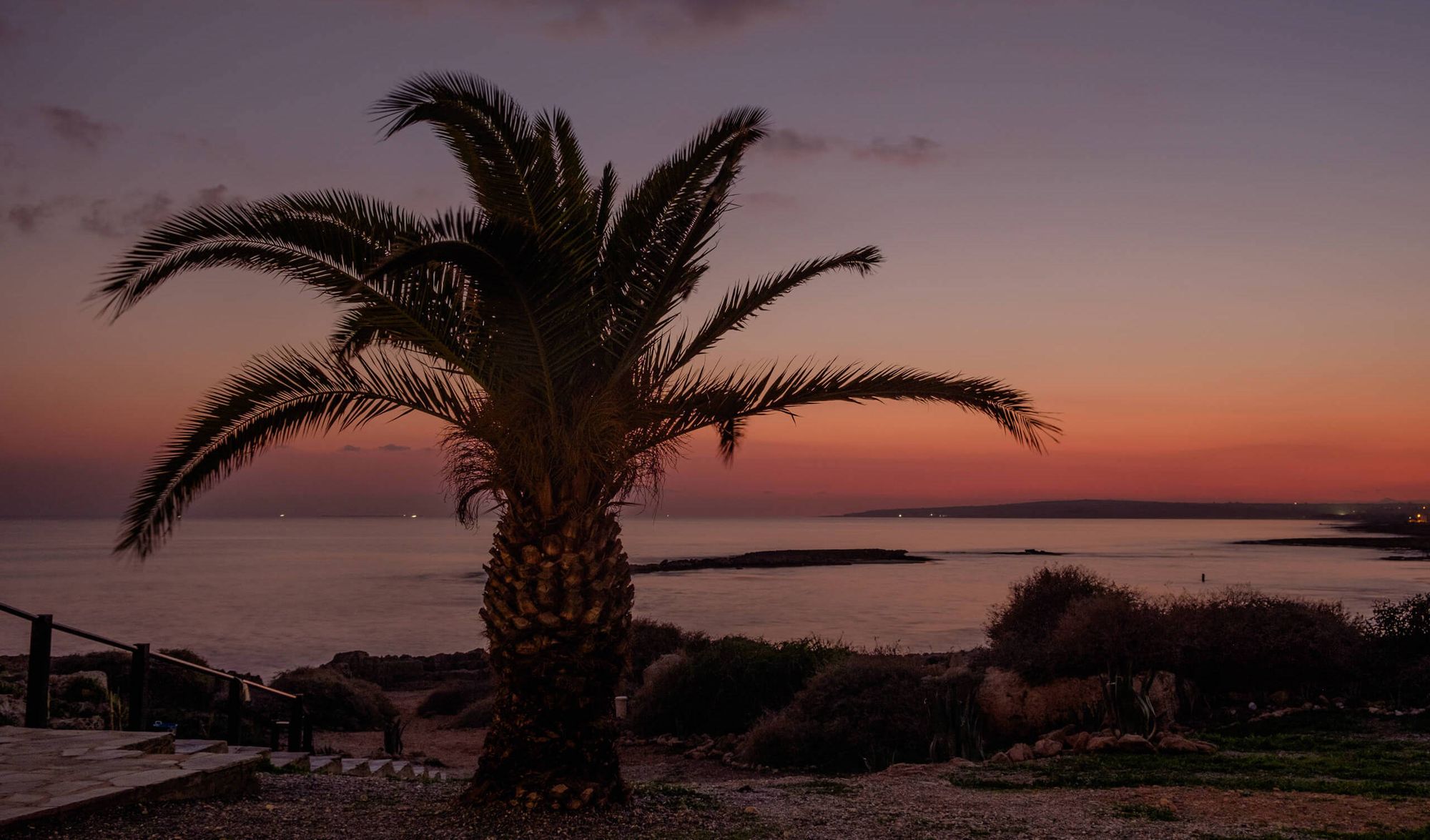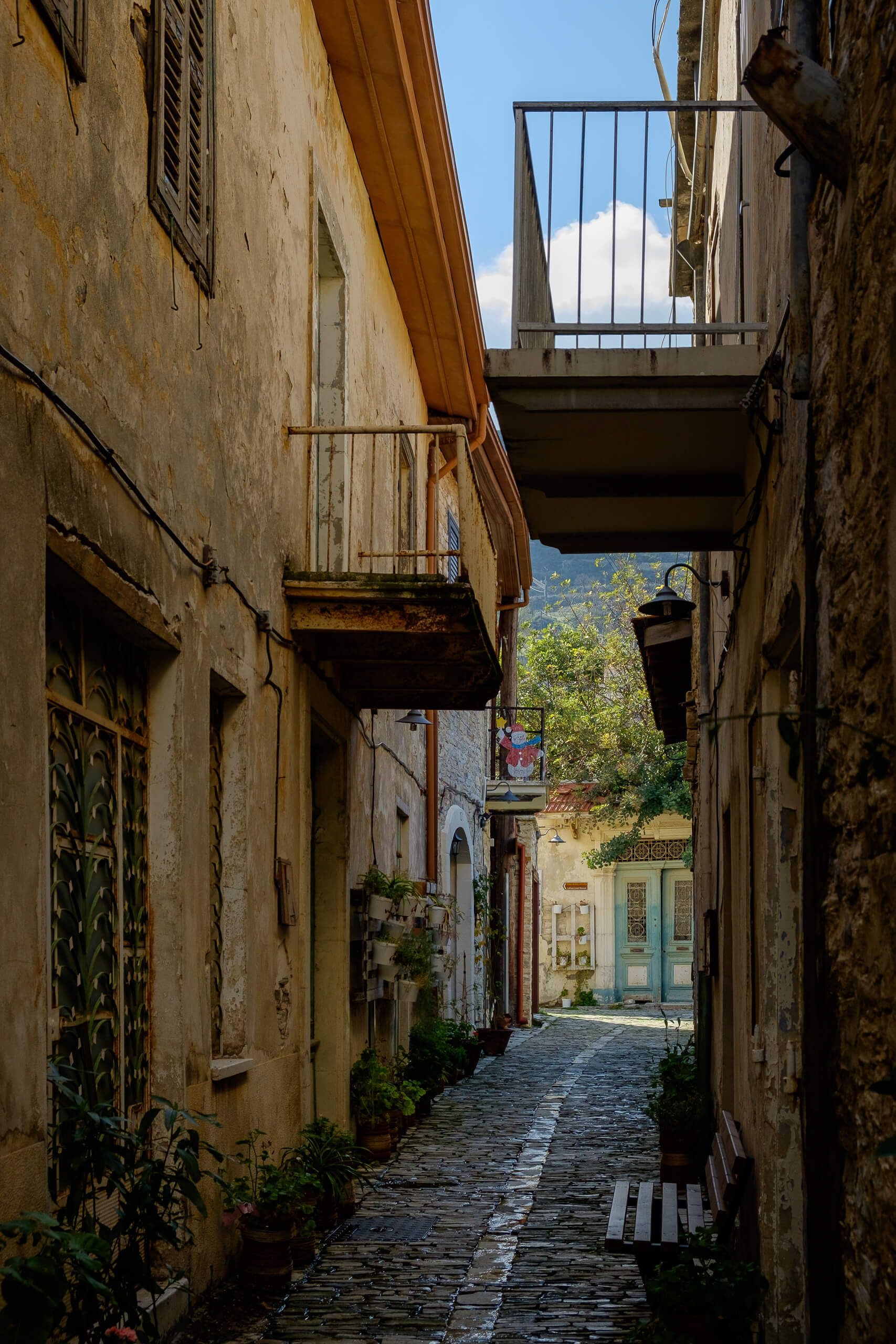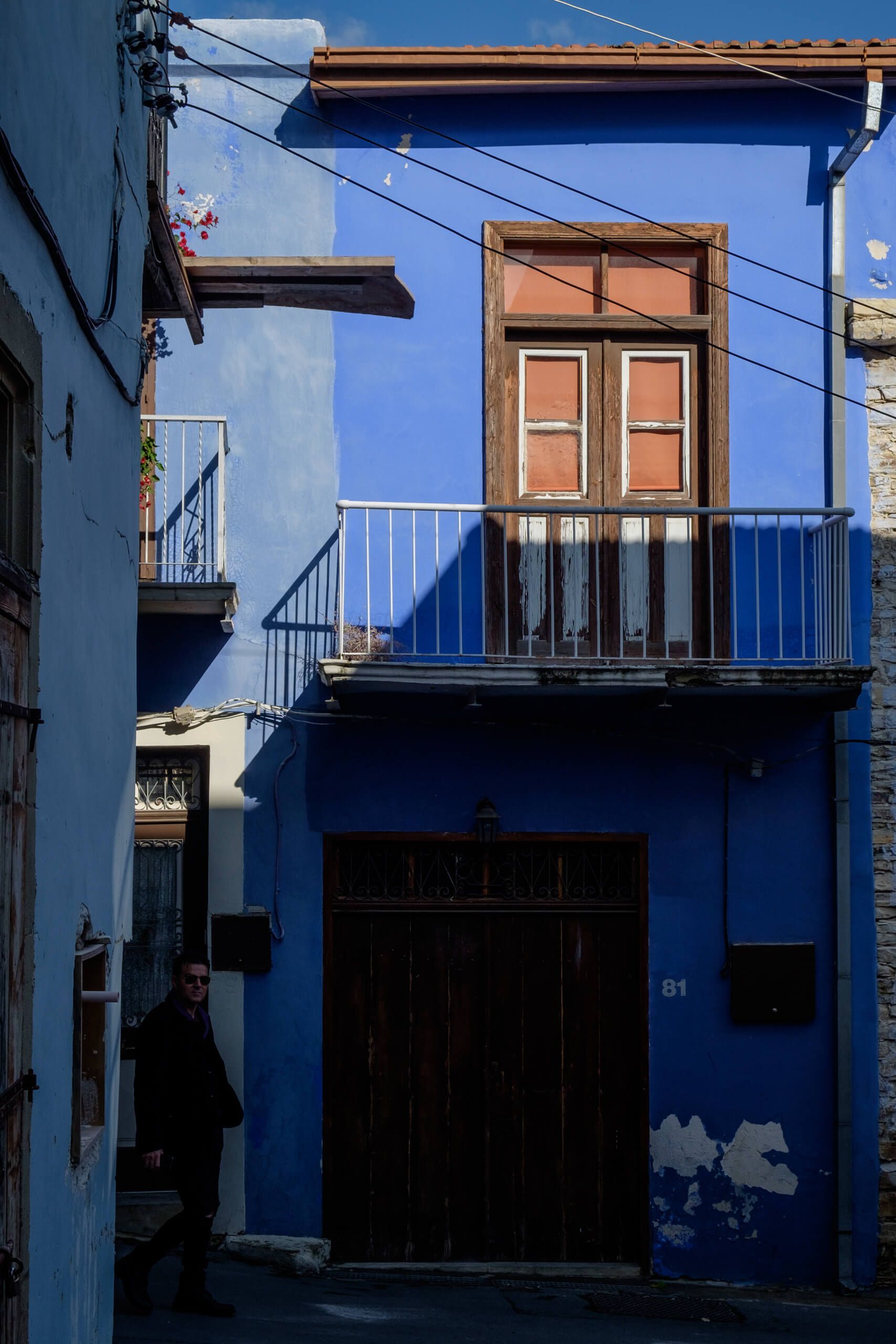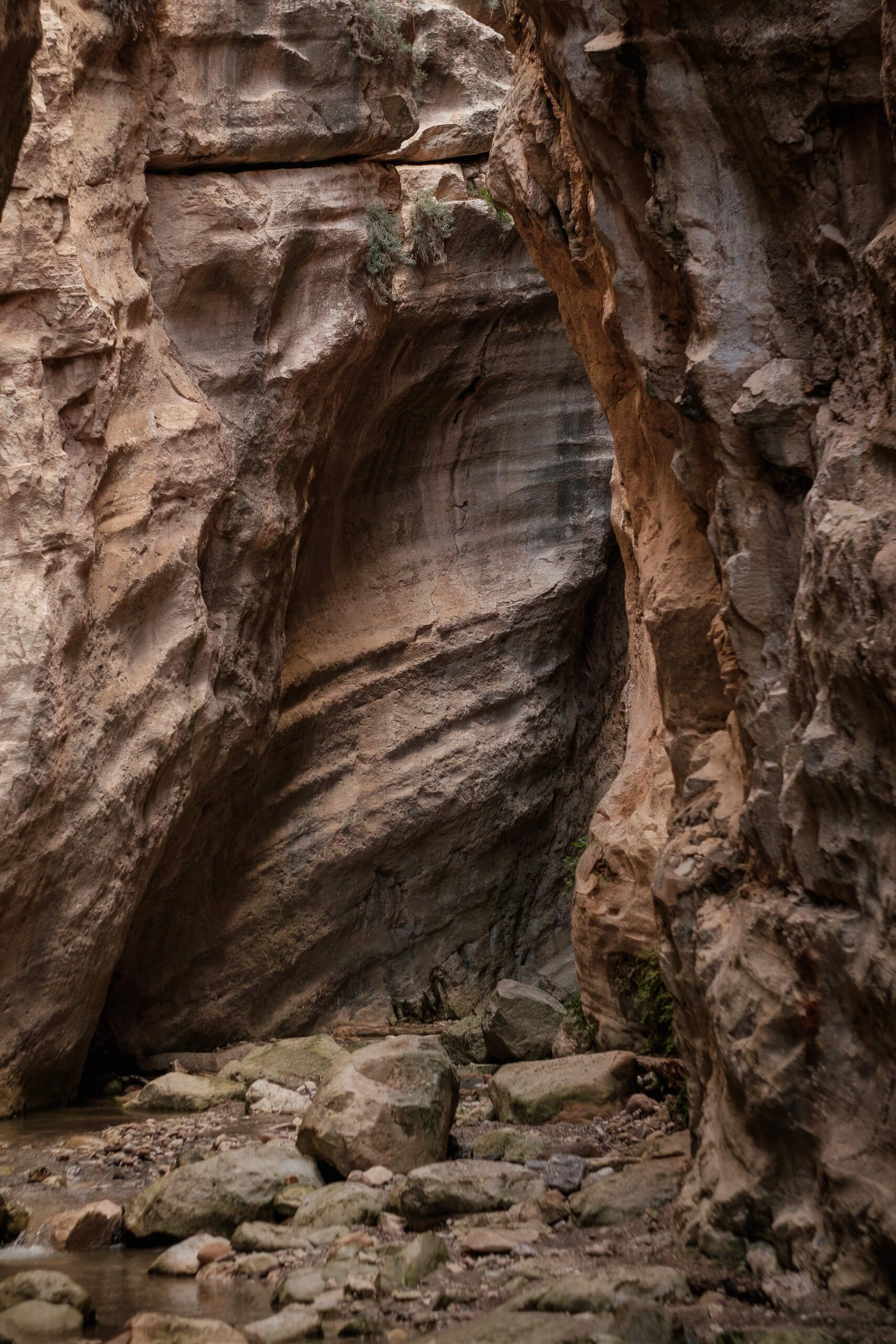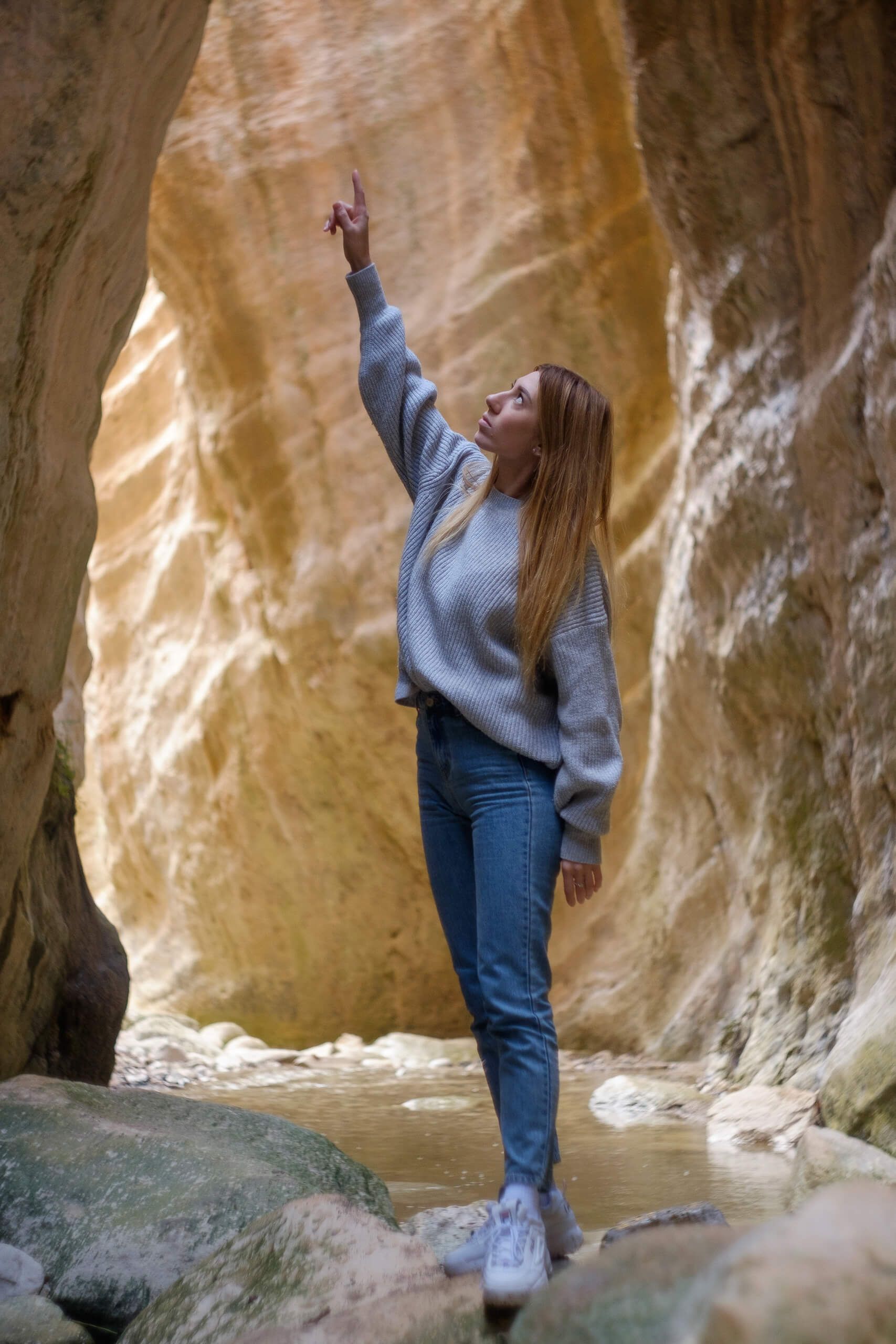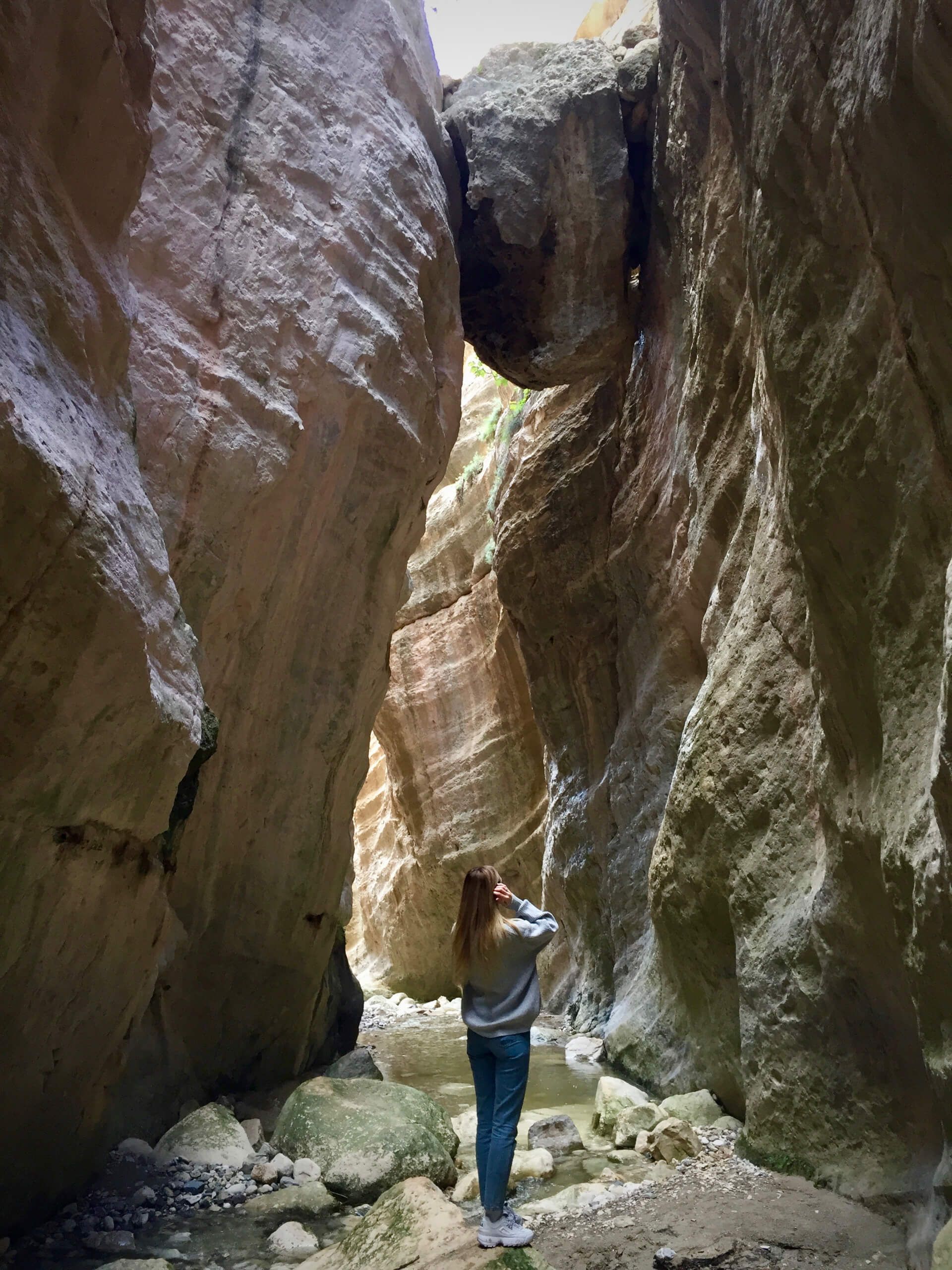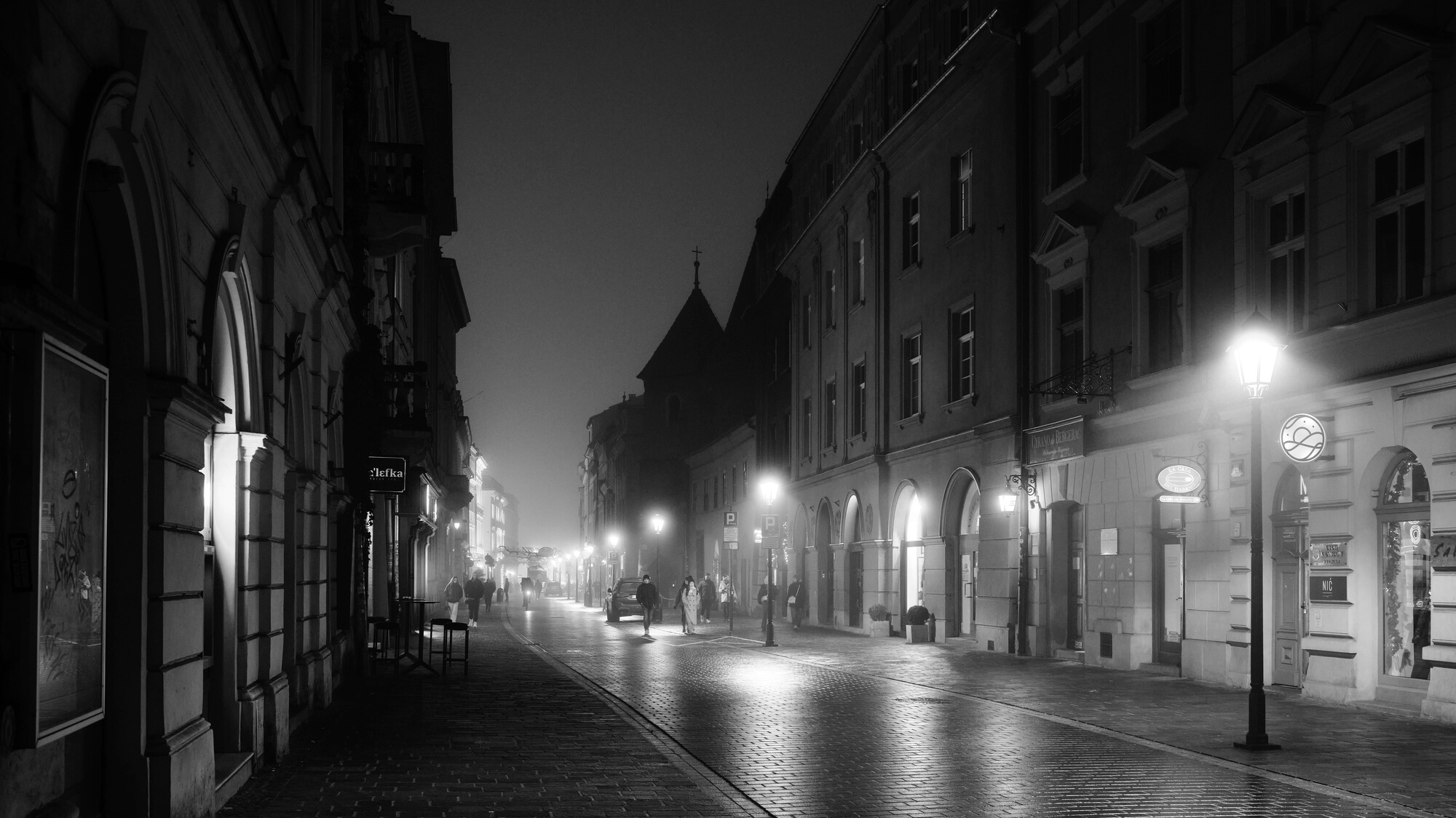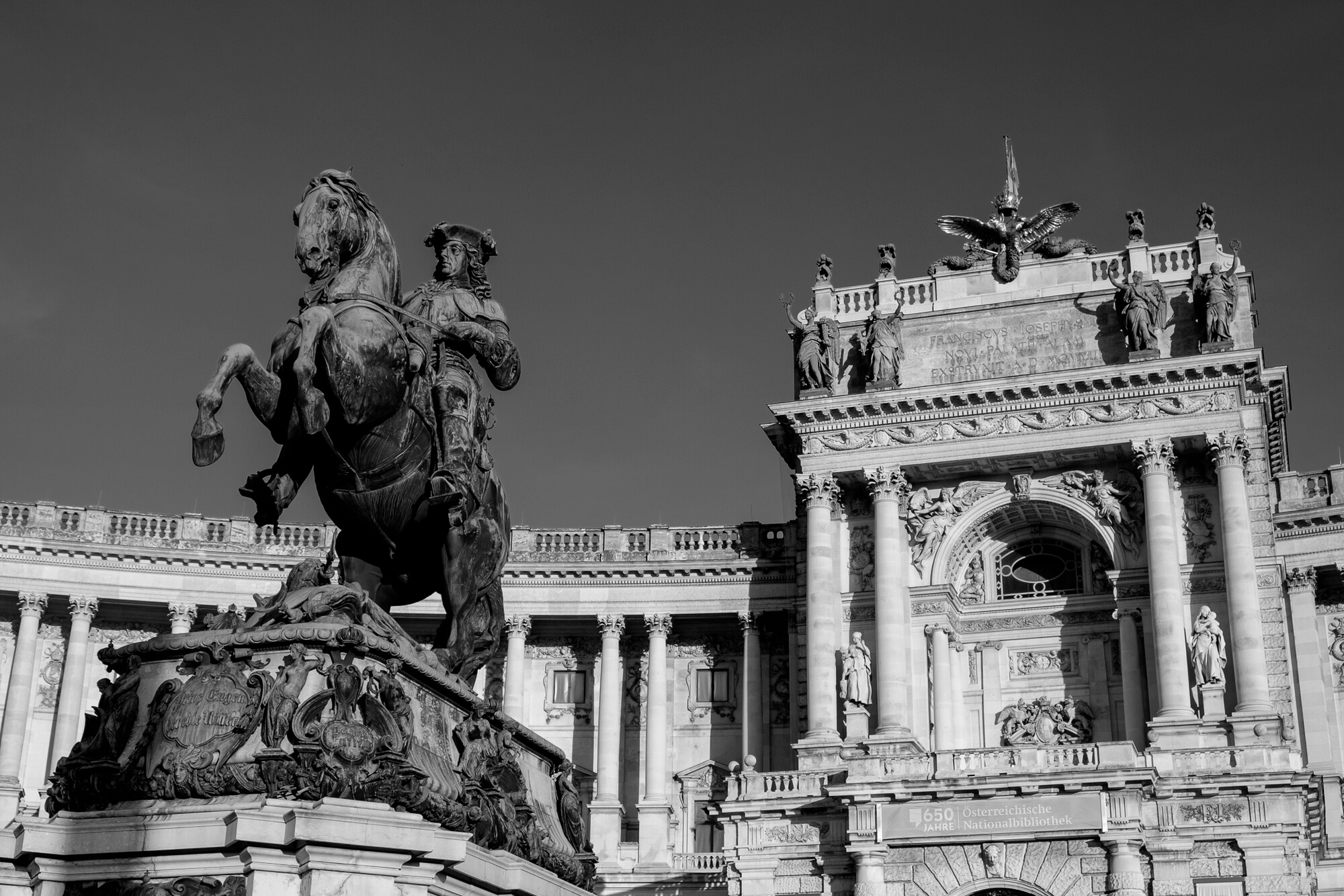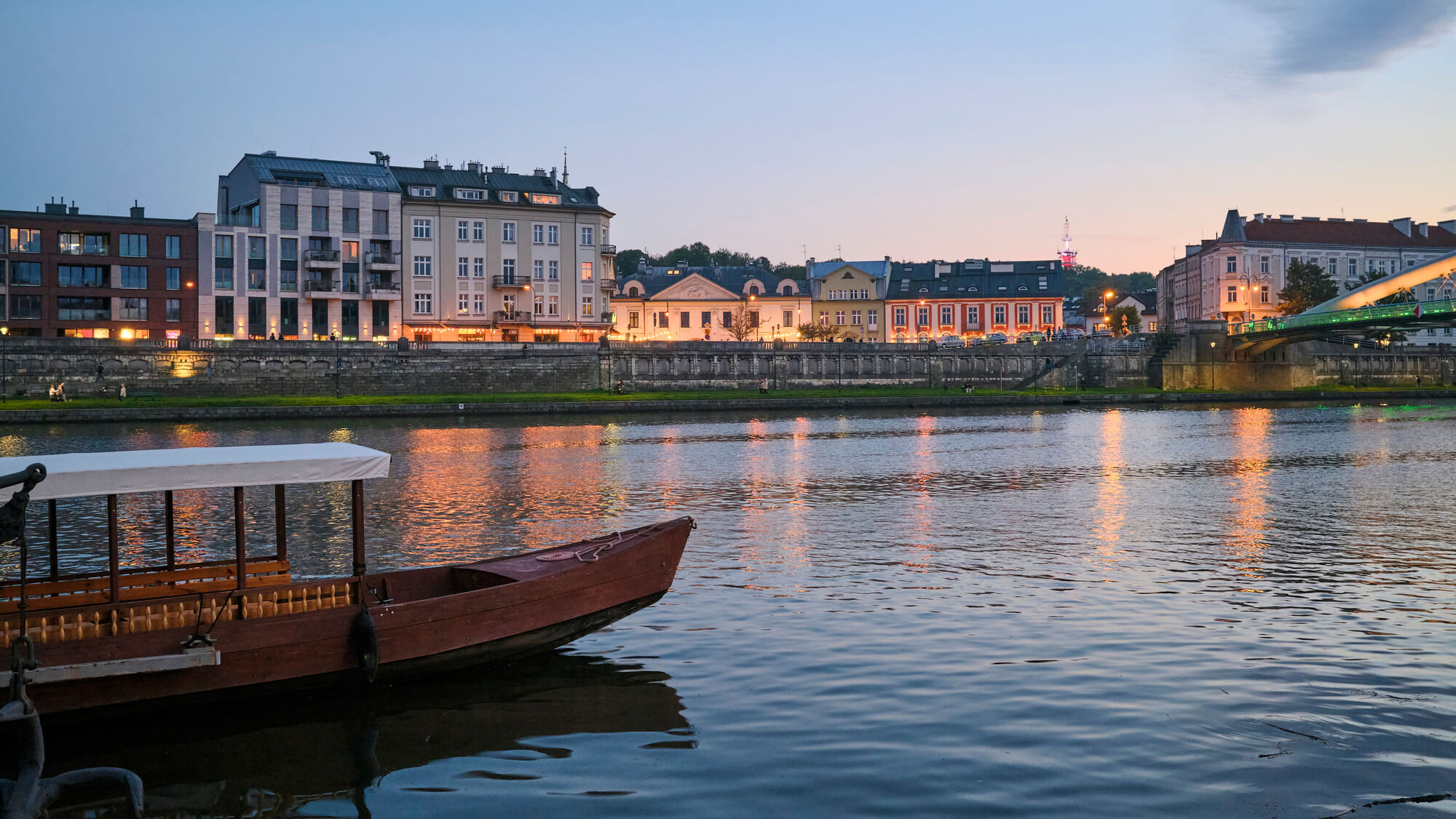This post is also available in Russian 🐻
Cyprus isn’t just Larnaca and Ayia Napa. The most interesting things lie far from the beach resorts. Once you’ve had your fill of sunbathing and seafood restaurants, read this post, rent a motor, and hit the road for an off-the-beaten-path adventure.
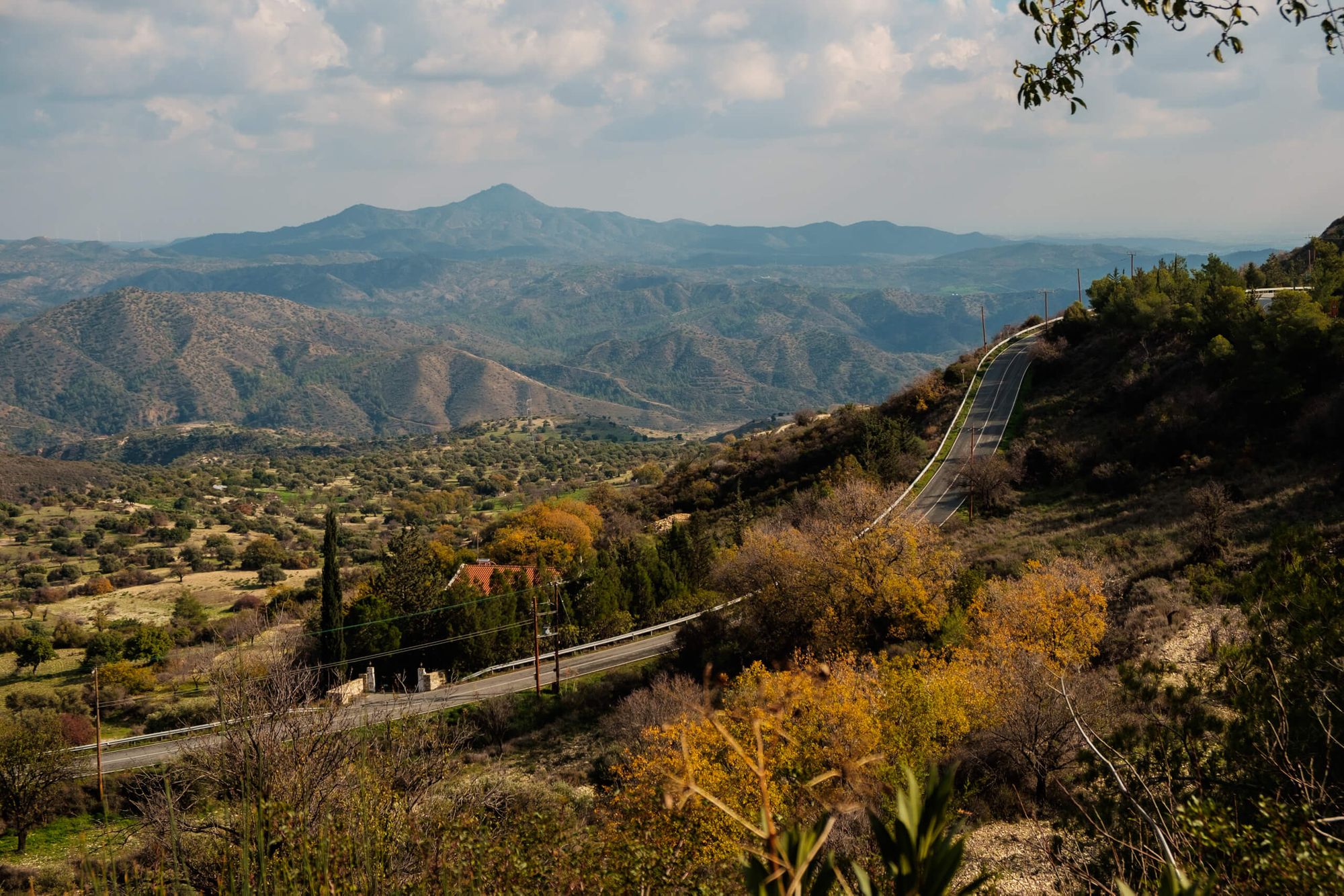
If you’re still in lazy mode, check out the previous post about resort towns and typical tourist sights.
How to Rent a Car in Cyprus
To reach the places described below, you’ll need a car. Sure, you could join a tour bus, but then you’ll be stuck with a group of vacationers, on a strict schedule, and only see what the guide tells you to. With a car, you can loop the whole island in a week—or three days if you drive fast.
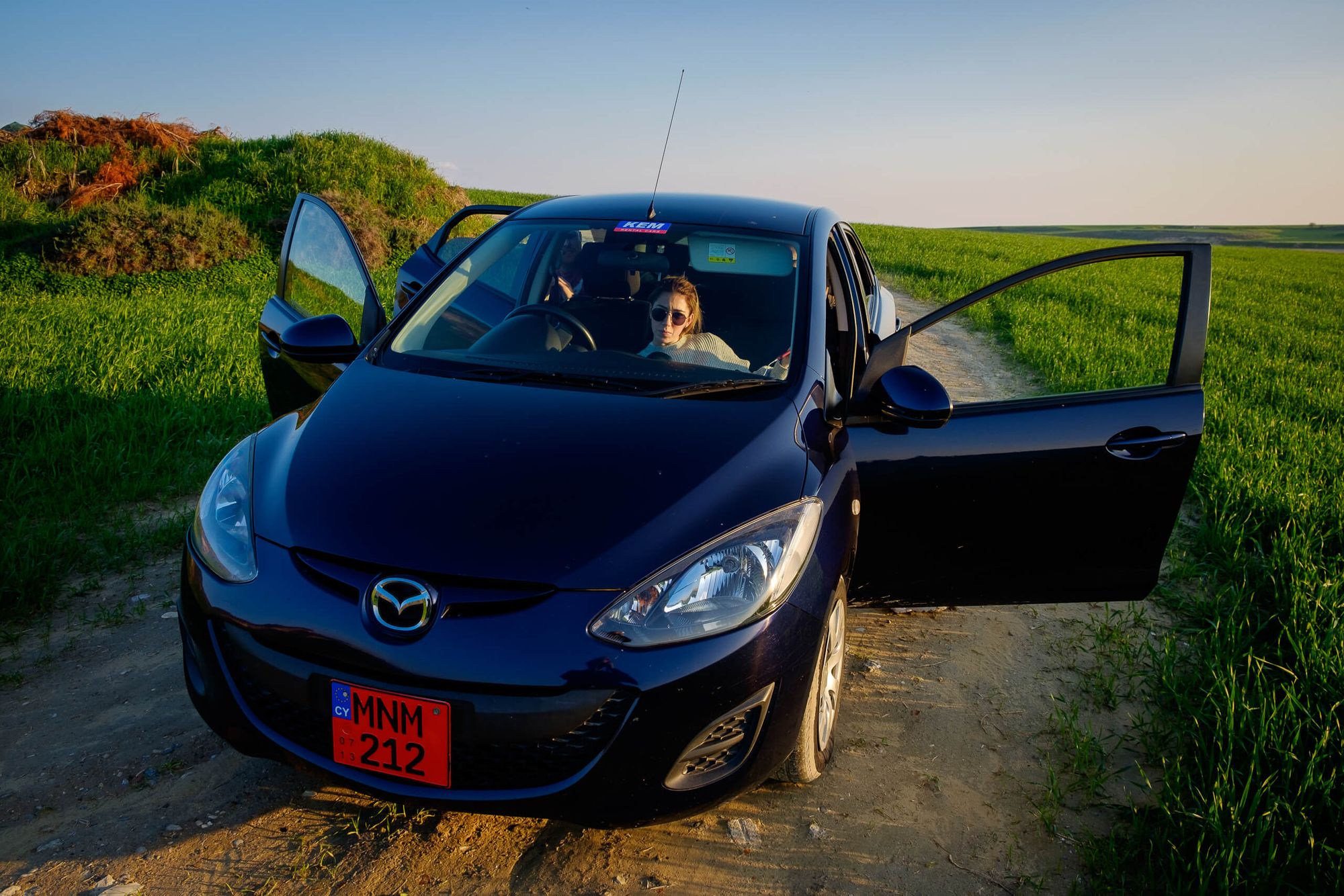
There are tons of rental options on the island: international brands like Hertz or Europcar, or charmingly named local outfits like Bibika and Kalina. We went with a solid middle-ground: the local KEM network—low prices, no shady clauses. You’ll need a passport, a driver’s license, and a card with enough money.
It’s best to book a car a couple of days in advance. In summer, rentals start at €30/day. In winter, you can snag a Mazda Demio for around €20. Gas isn’t included—you’ll need to return the car with a full tank. 95-octane fuel costs about €1.30/liter.
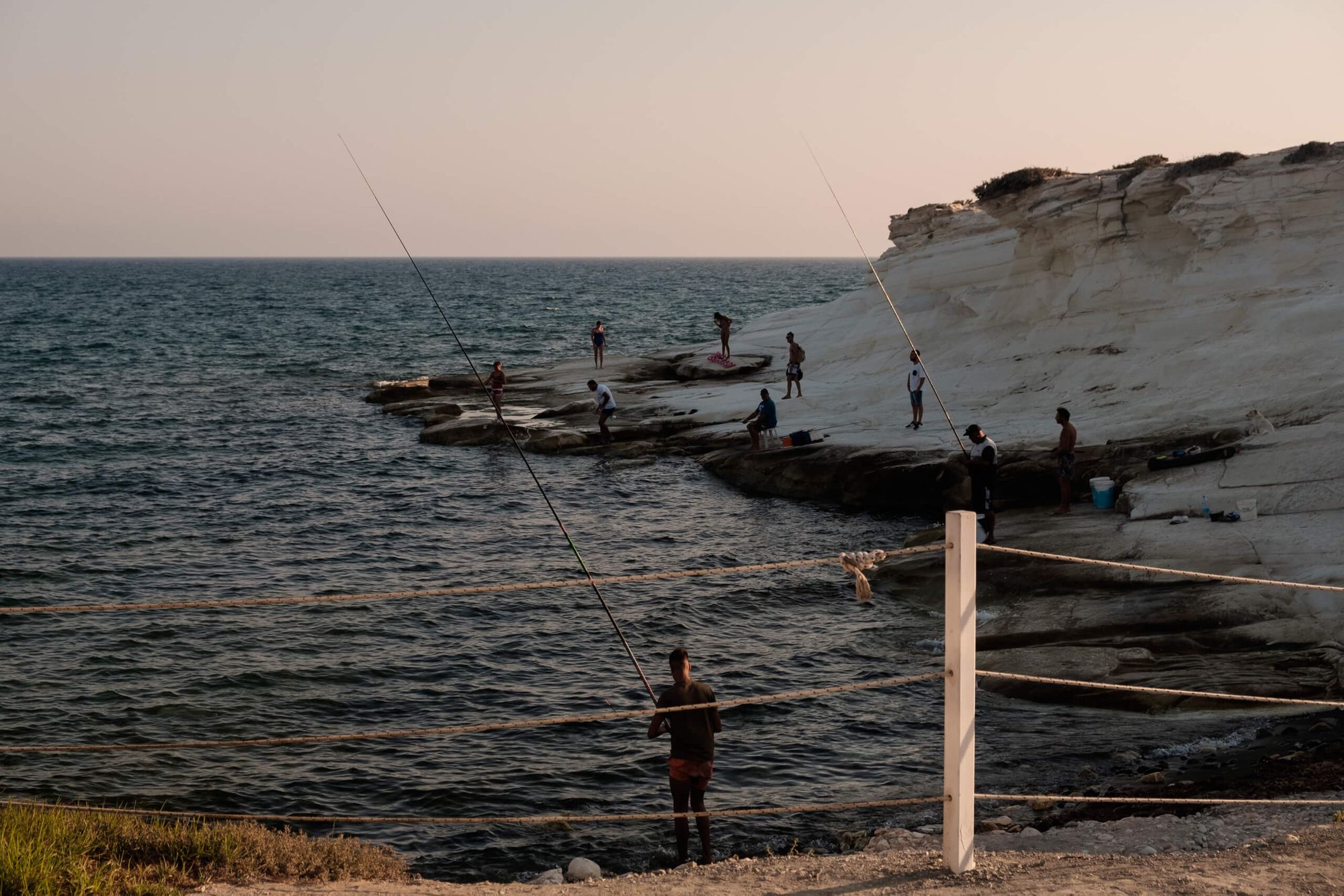
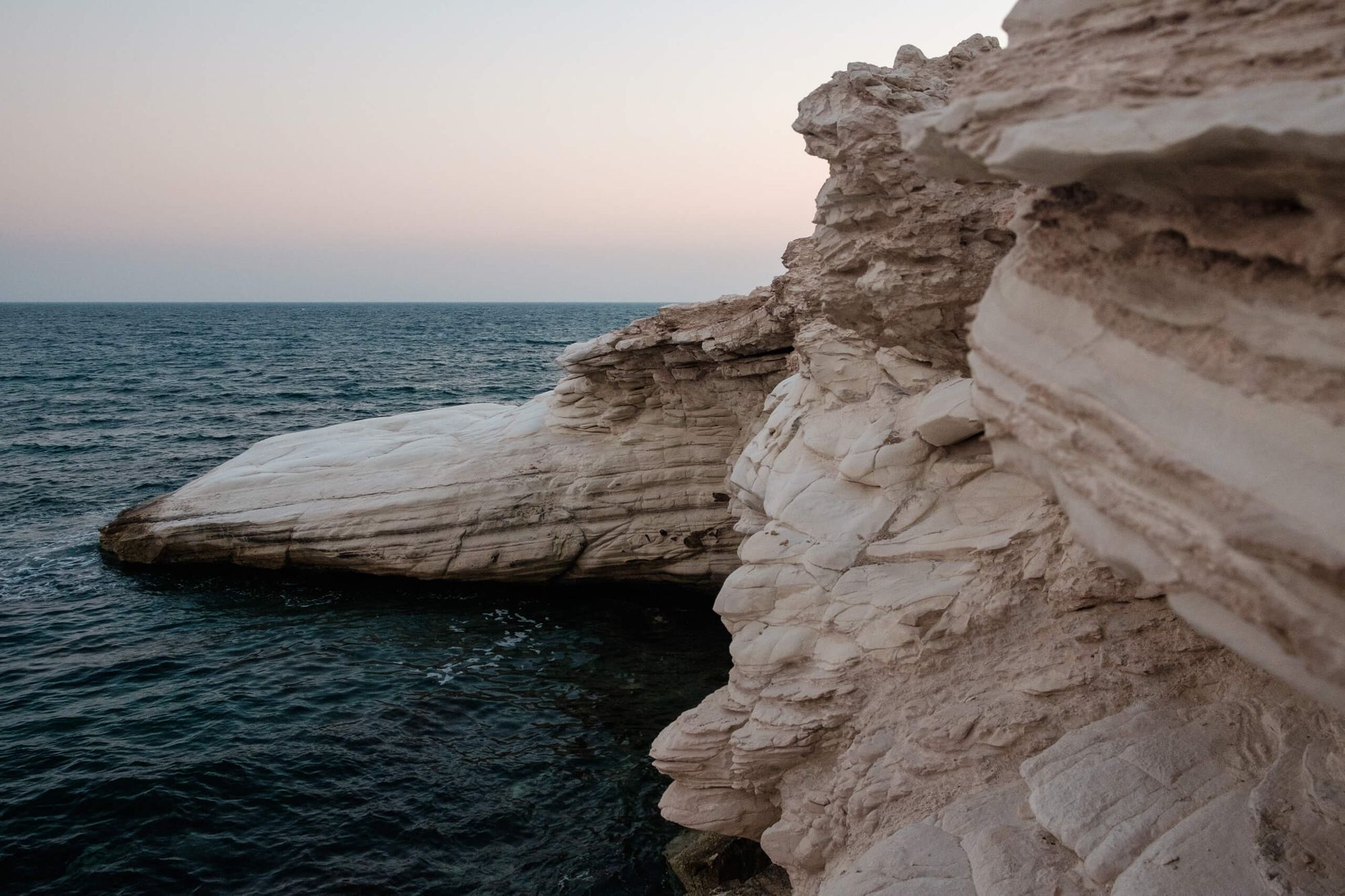
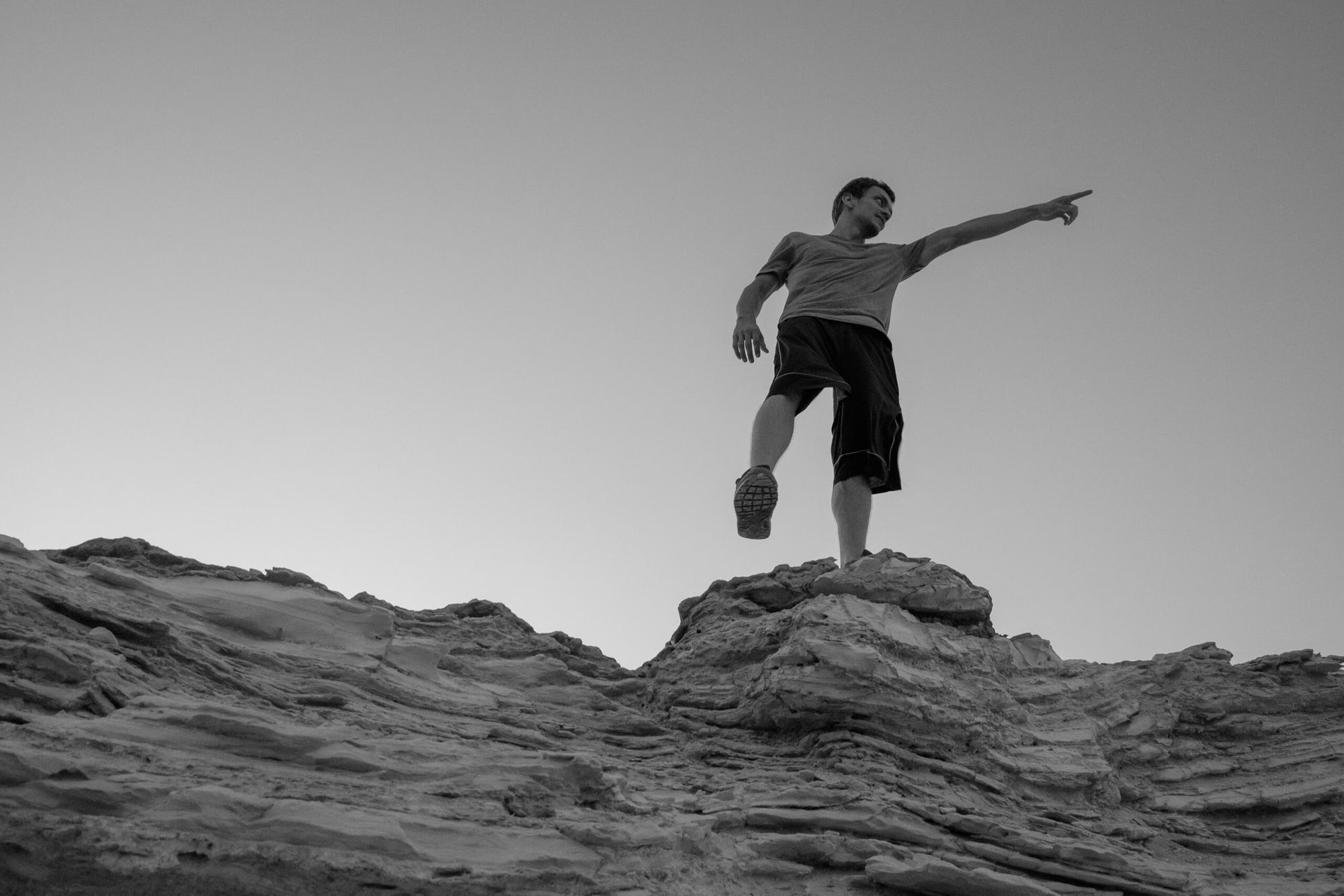
You’ll also be asked for a deposit—it depends on the car class but usually starts around €1200. If you get extended insurance for €5/day, it drops to €490. The deposit is held on your credit card and refunded if you return the car without new scratches or dents.
Driving in Cyprus is on the left. Luckily, the roads are wide, drivers are chill, and most checkpoints are automated. In several months on the island, we saw one accident—and it was such a big deal that police shut down half of Larnaca.

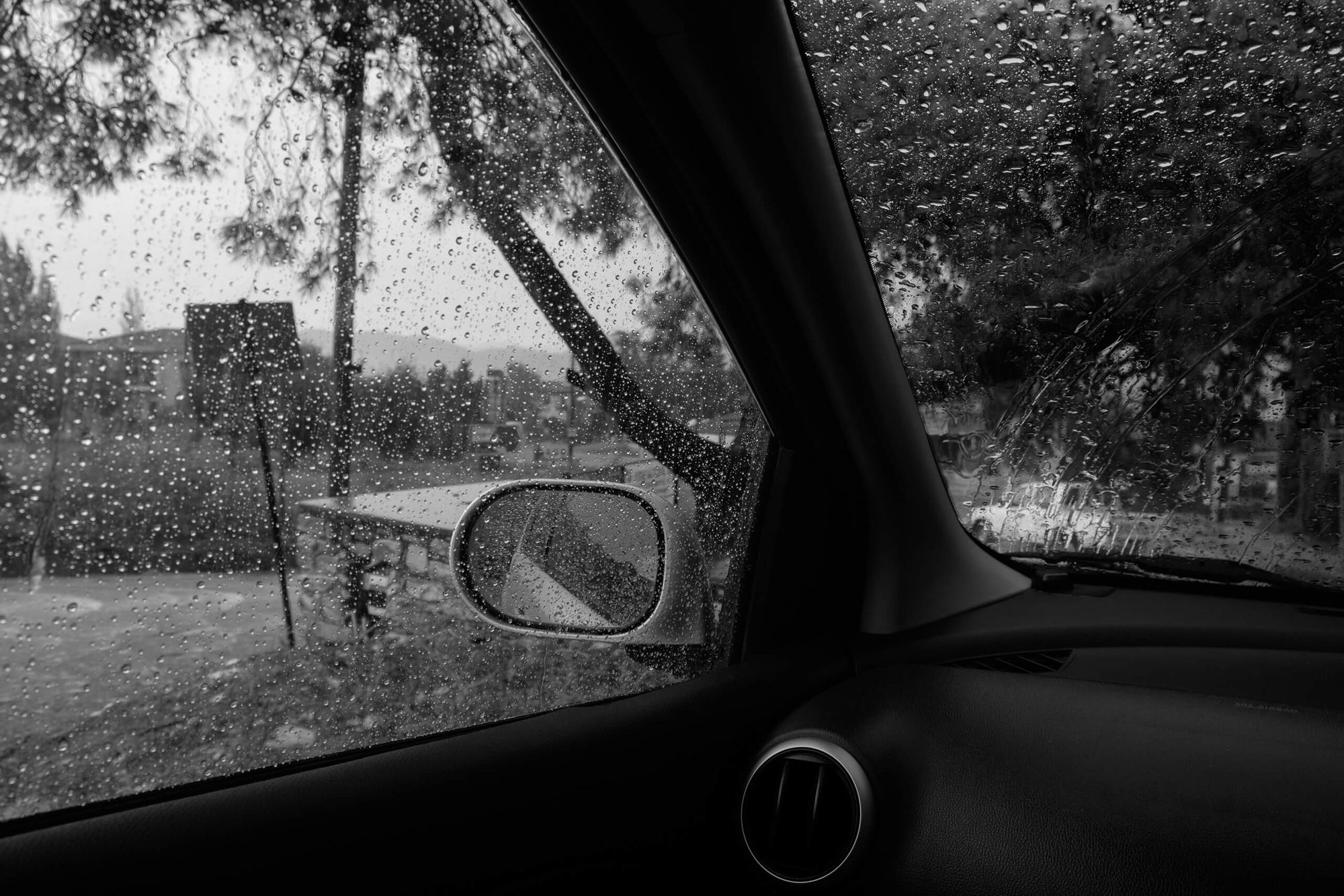
Parking in the cities is technically paid, but the fines are so rare and laughable that nobody cares—people park wherever they want. Across sidewalks, crosswalks, pedestrians—you name it. Everyone speeds. Cameras exist but tickets apparently don’t. Cops on highways are rare unicorns.
The Mountain Route
A local favorite for a weekend drive is the road from the coast into the mountains. Along the way, you’ll see epic landscapes, sip fresh wine, stumble upon a ghost hotel, buy lace, escape the summer heat, or—if it’s winter—go skiing. It’s a perfect day trip.
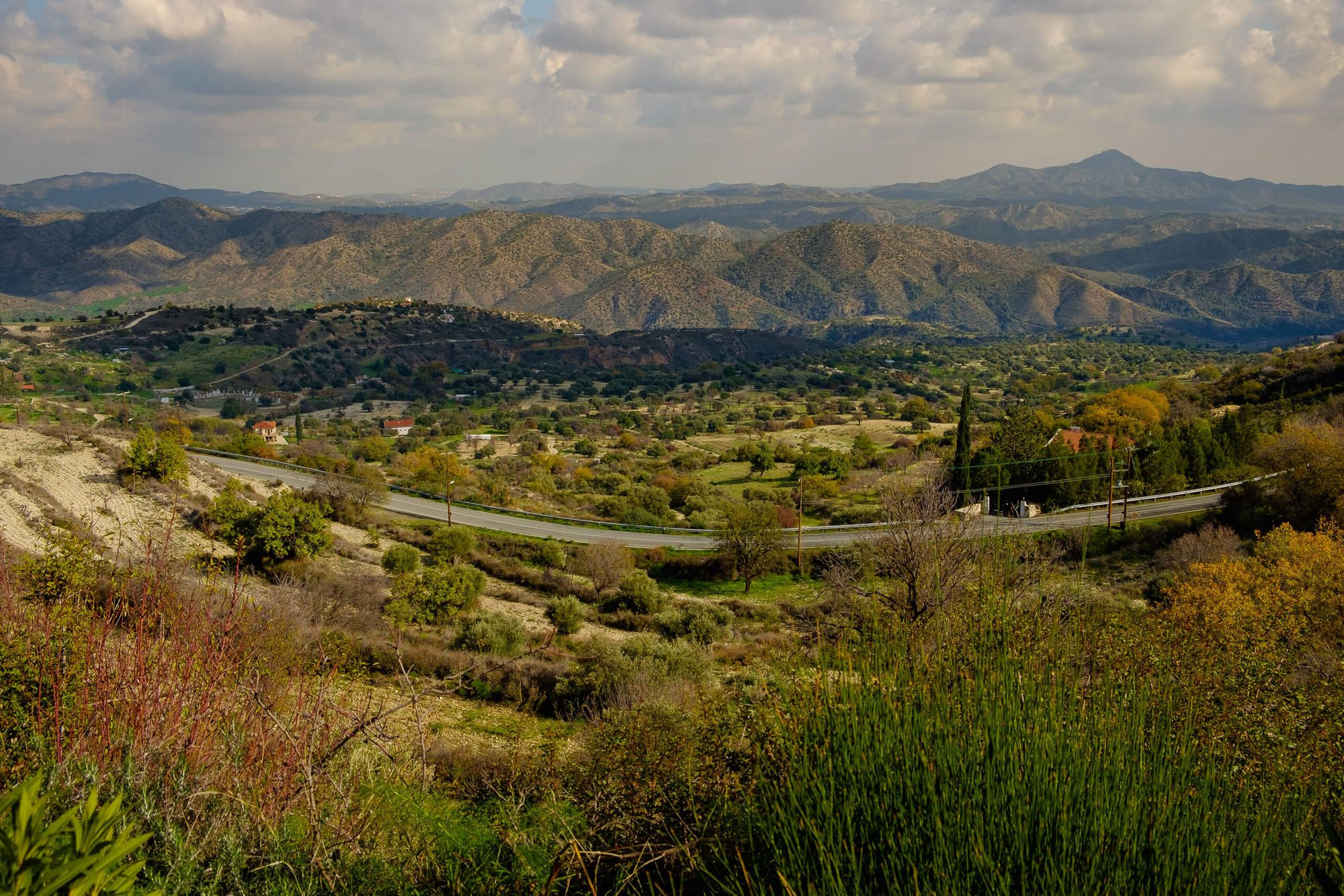
Omodos Wine Region
The gateway to the region is the small village of Omodos, known for its old monastery and endless souvenir shops. The village itself isn’t much to see, but the shops sell the local essentials—wine, Commandaria (a Cypriot port), Zivania (their take on grappa), and “soutzoukos” (kind of like Cypriot churchkhela). All delicious.
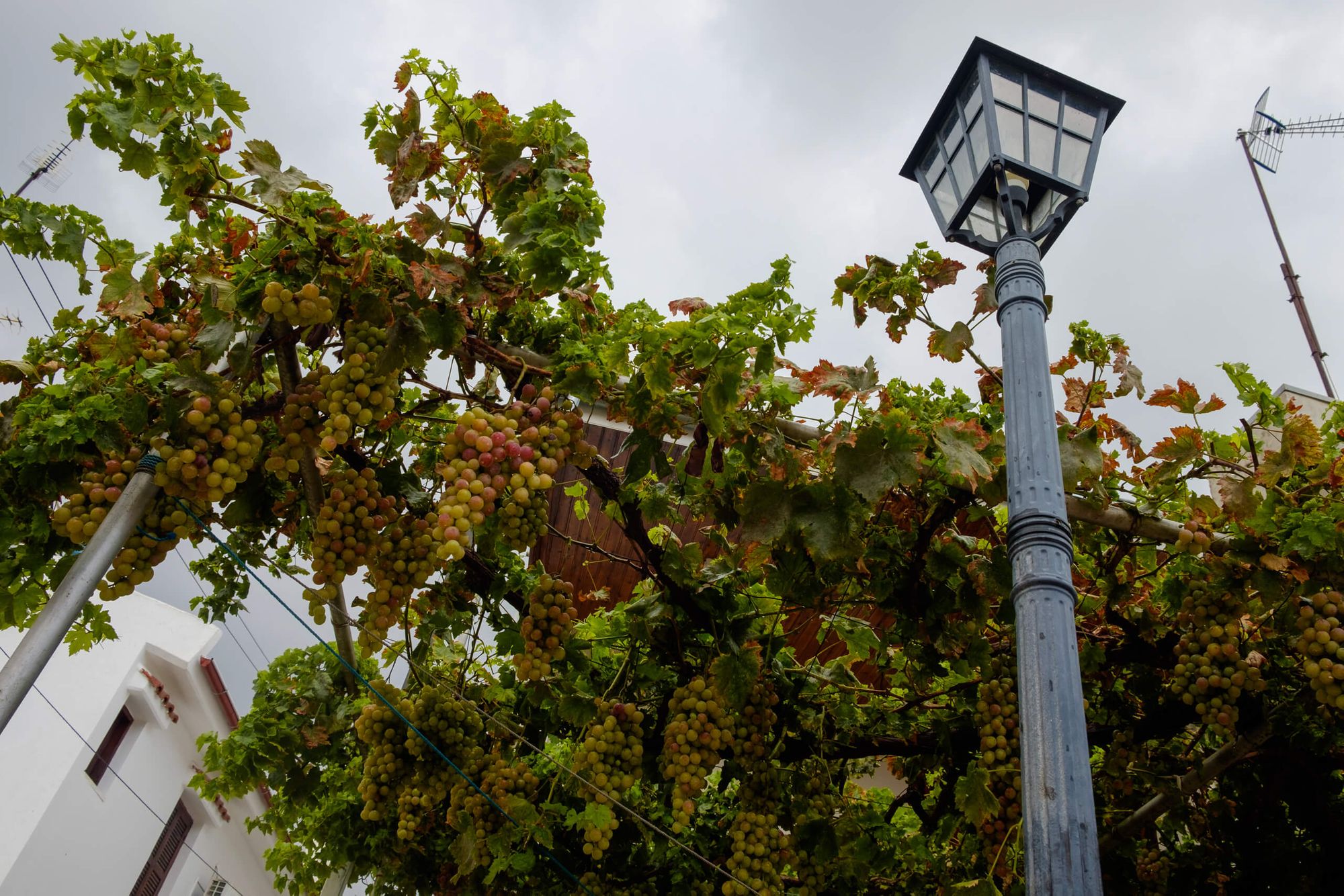
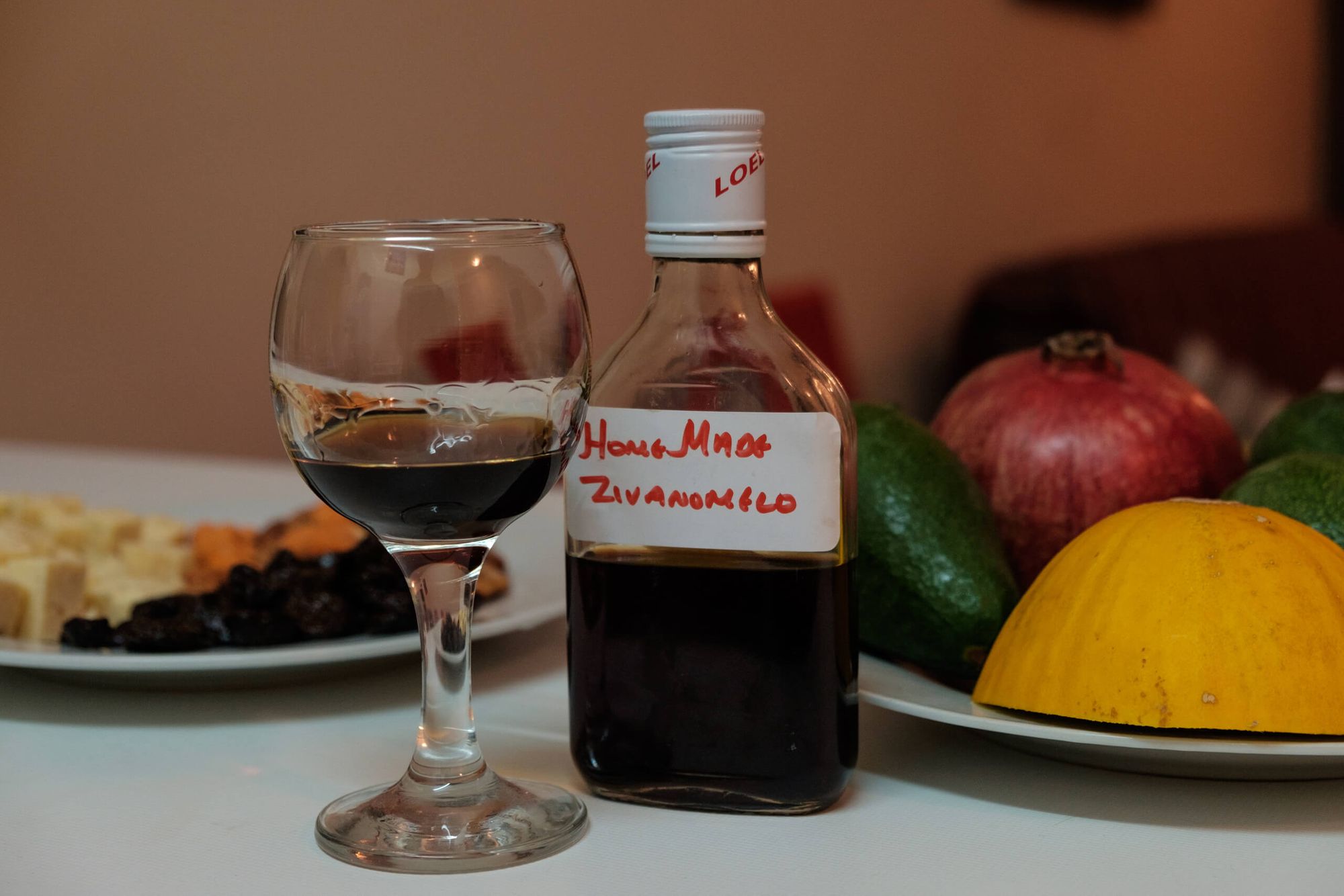
Shopkeepers will eagerly offer free tastings. At first it’s fun, and then—boom—you’re tipsy, loaded with pomegranate liqueur, some walnut thing, and half a kilo of homemade halloumi. Your food in the trunk is spoiling, the wine is sloshing, and you’re one sip away from napping at the wheel. So, pace yourself.
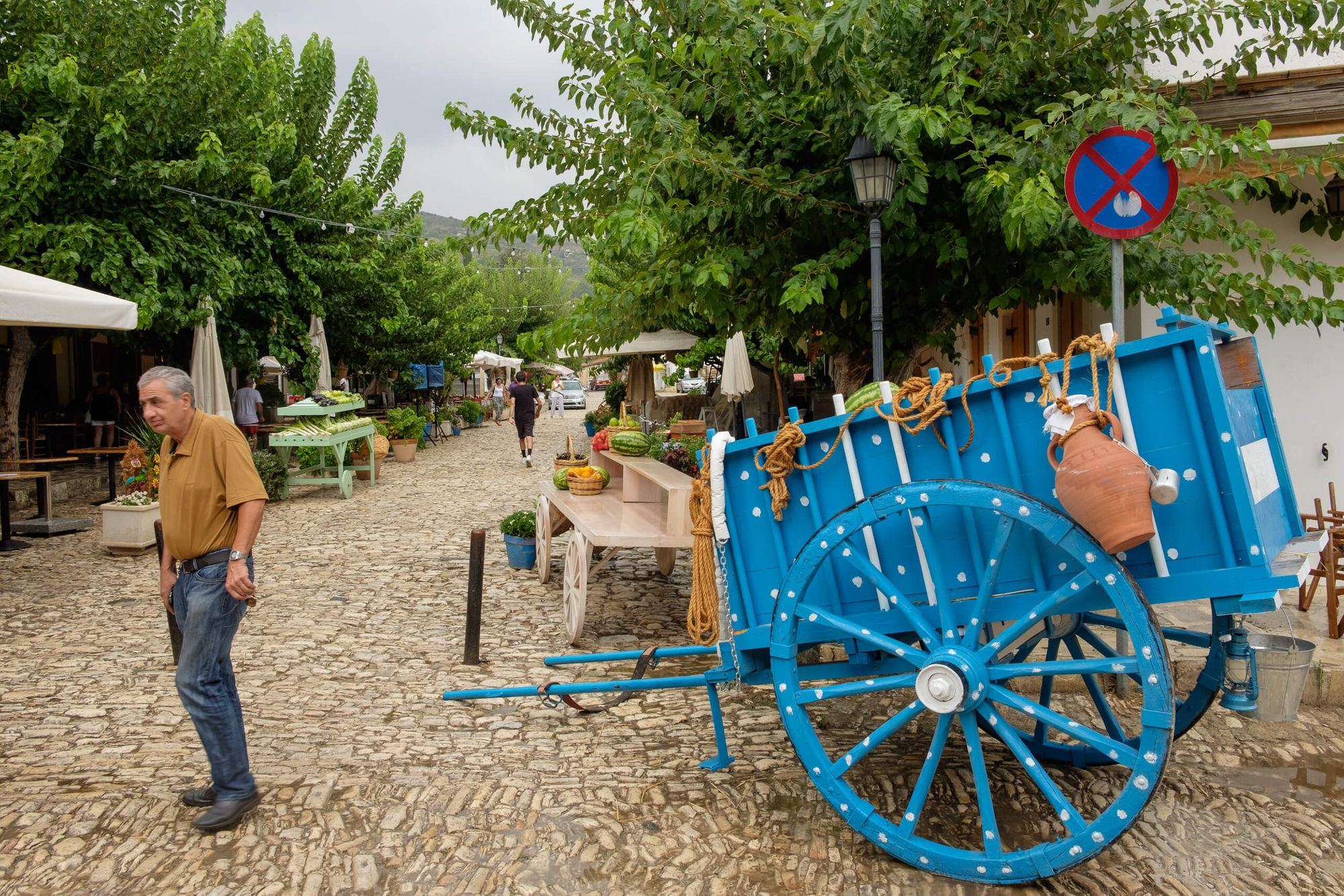
If that’s not enough, there are family-run wineries around the village where they’ll betray you with more tastings and sell you fresh wine. The best time to visit is late summer—August to September—when the grapes ripen.
Peaks of Troodos
The highest point of the Troodos range is Mount Olympus—about 2,000 meters above sea level. In winter, it usually has snow—you can ski or snowboard. Check the weather before you go; icy roads aren’t uncommon, and you might need chains.
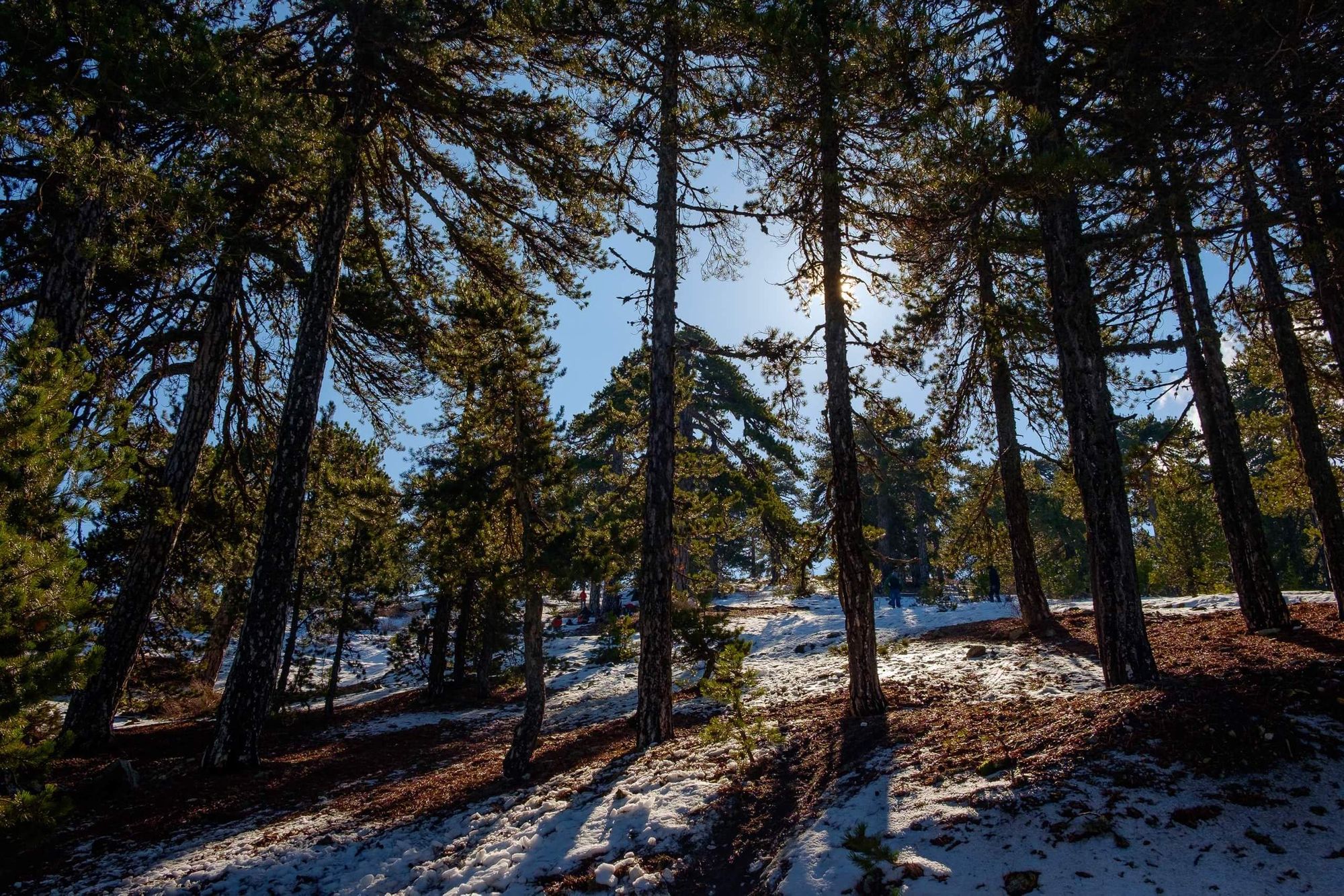
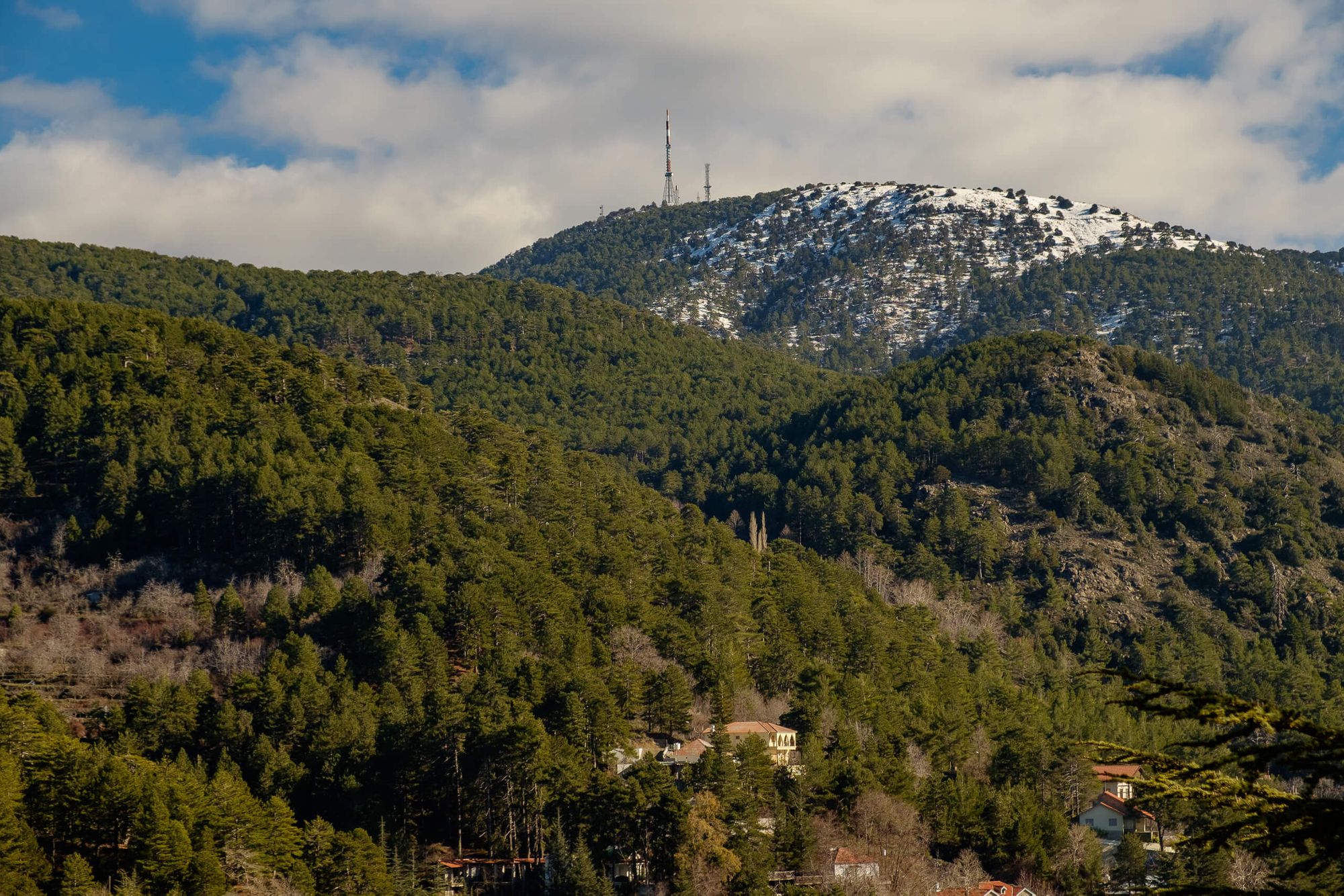
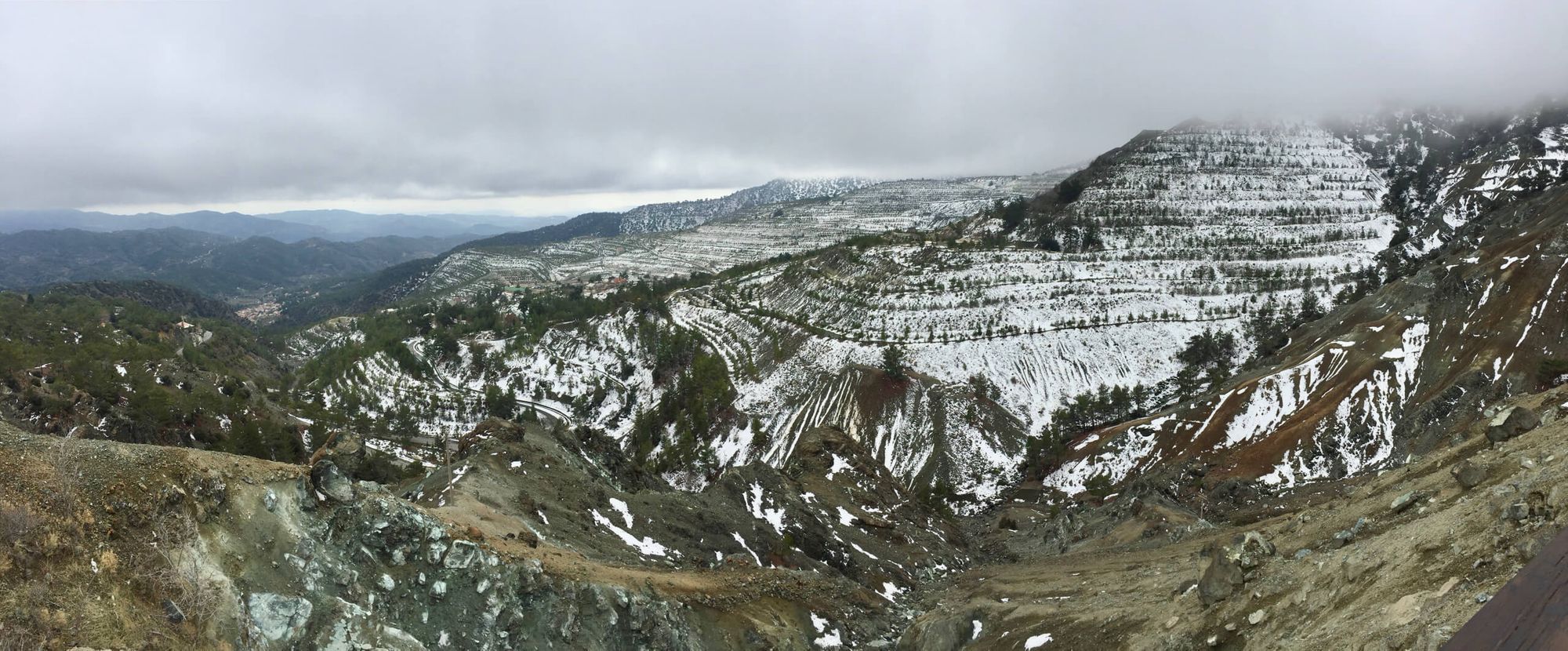
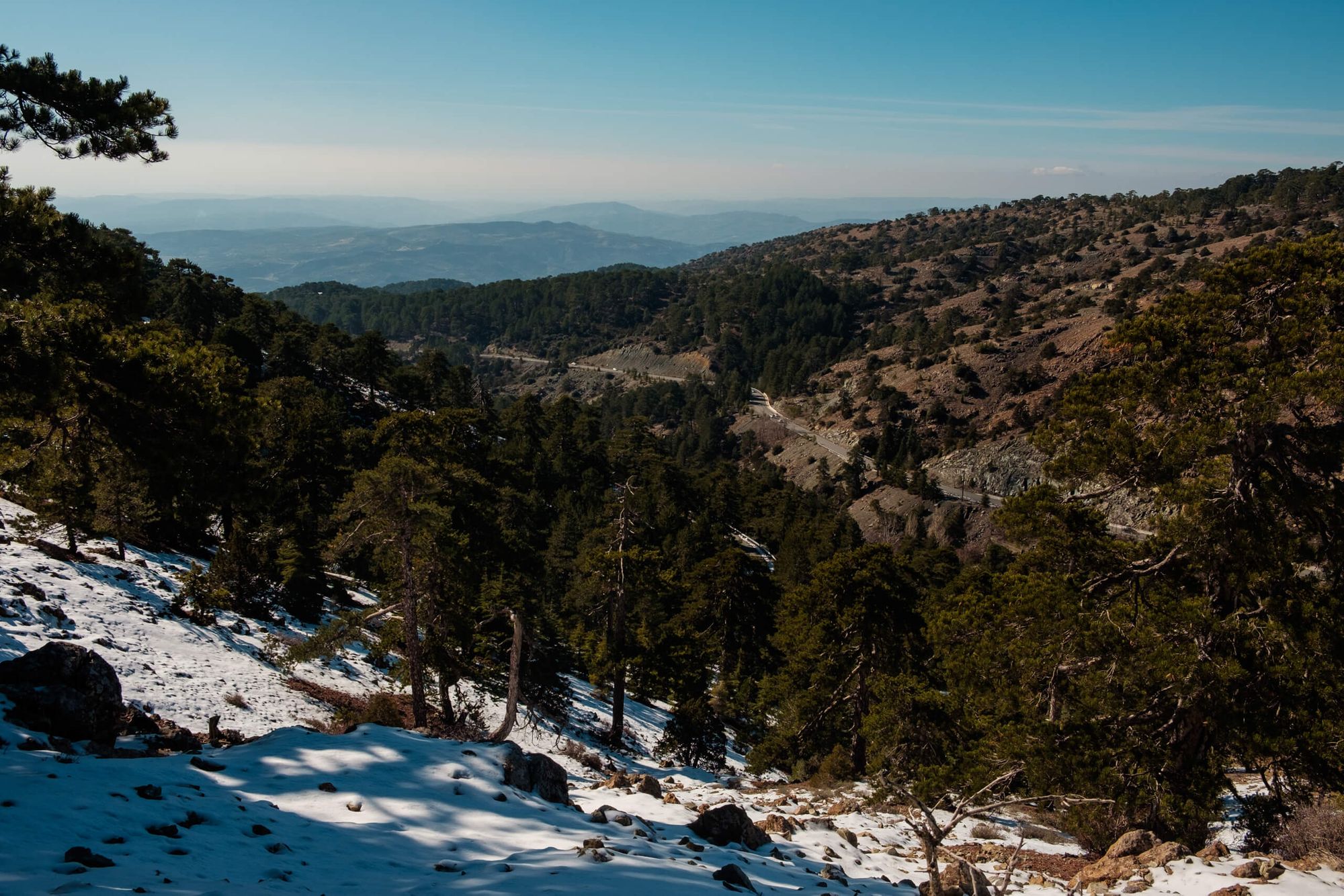
In summer there’s no snow, but heavy rain and fog are common. The mountains are 15–20°C cooler than the coast—a great break from the AC, and a chance to hike trails and enjoy nature.
By the way, Cyprus is greener in winter when it actually rains. In dry summers, the plants look tired and hungover.
Haunted Hotel in Prodromos
Near Olympus is the small village of Prodromos, known for one thing only—the abandoned Berengaria Hotel. It has the classic ghost story vibe: a father, three sons, strange deaths. You get the idea.
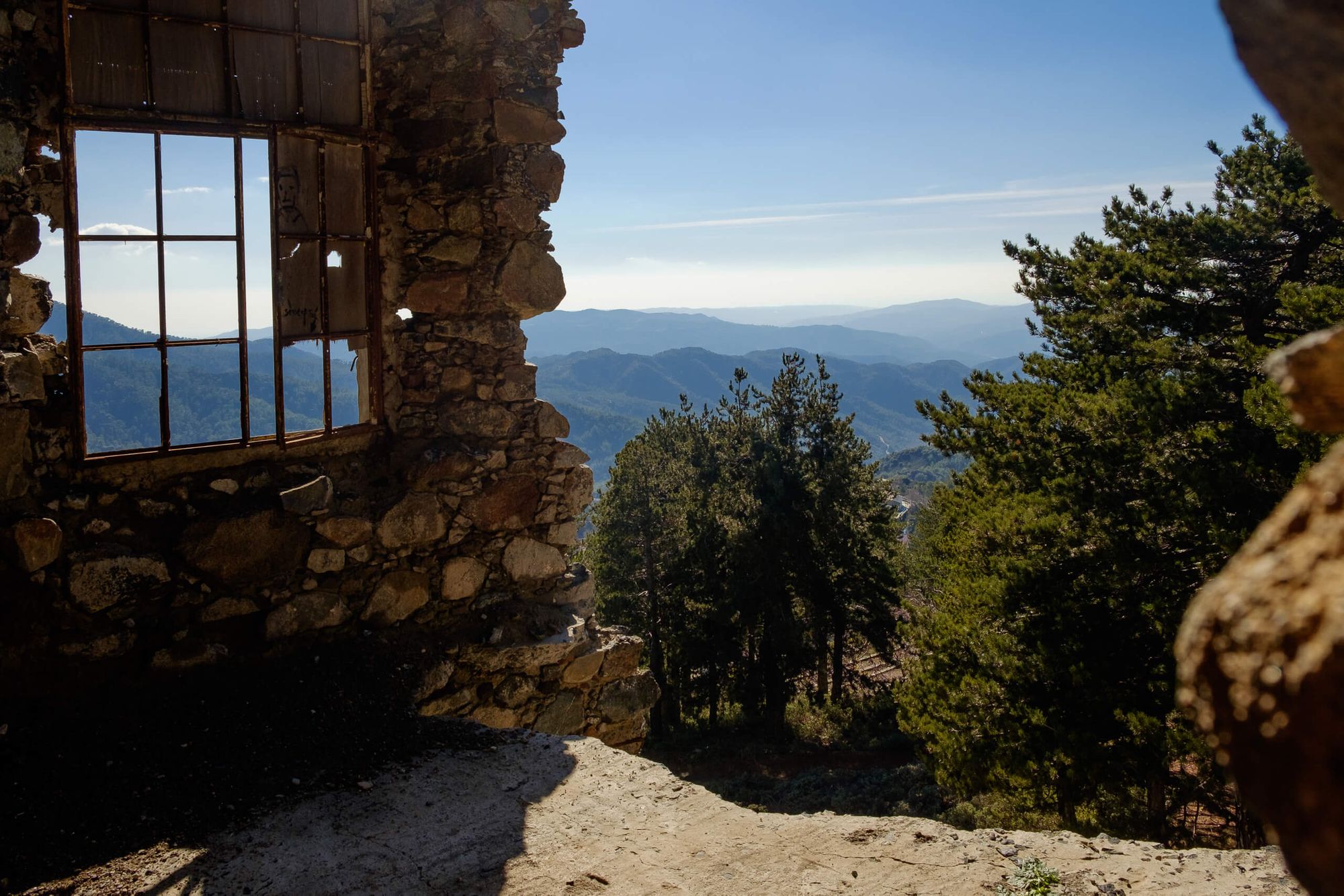
The hotel’s been closed since 1984. Despite all the “Keep Out” signs, it’s always full of people. Crumbling walls, collapsing floors—it’s genuinely unsafe inside, but visually very rewarding.
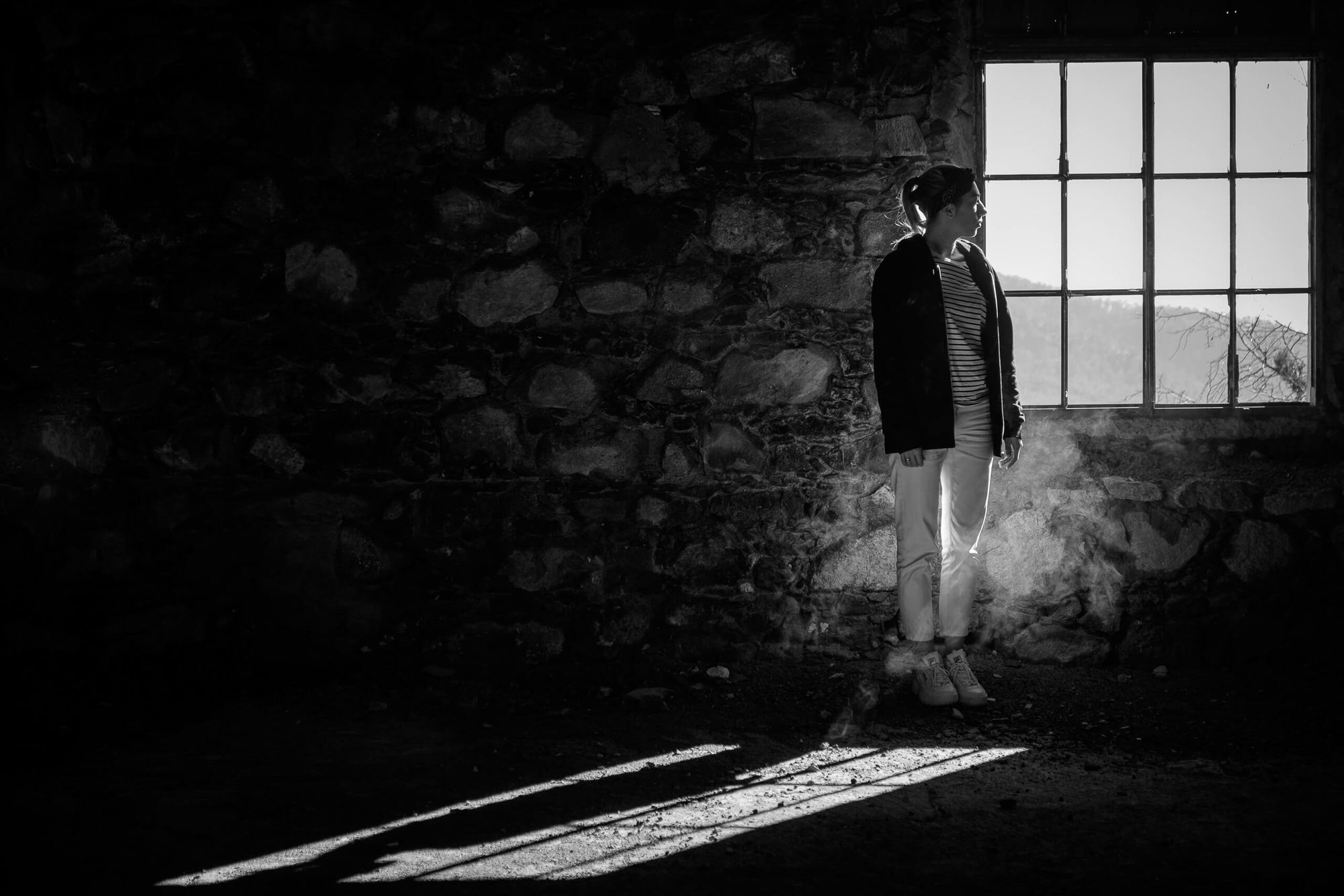
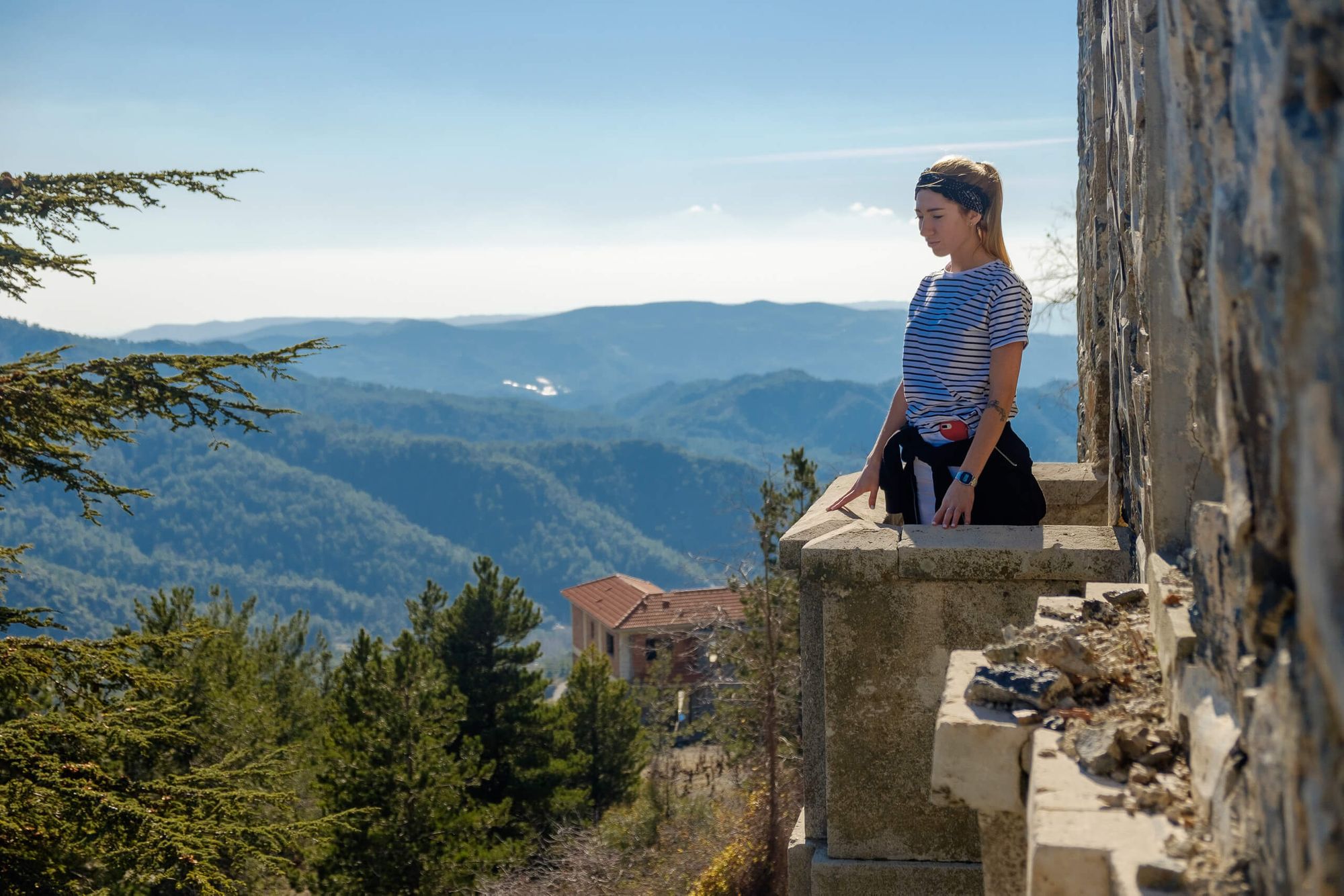
Not sure why humans are so drawn to abandoned places, but it’s worth a stop for some eerie photos.
Optional Route Stops
High up in the mountains of Cyprus, there are a few small waterfalls. So small, in fact, they might only impress someone who’s never showered in their life. But if you’re curious, take a detour to Caledonia — it’s just a 30-minute sidetrack, and you’ll immediately realize that the other waterfalls can be skipped.
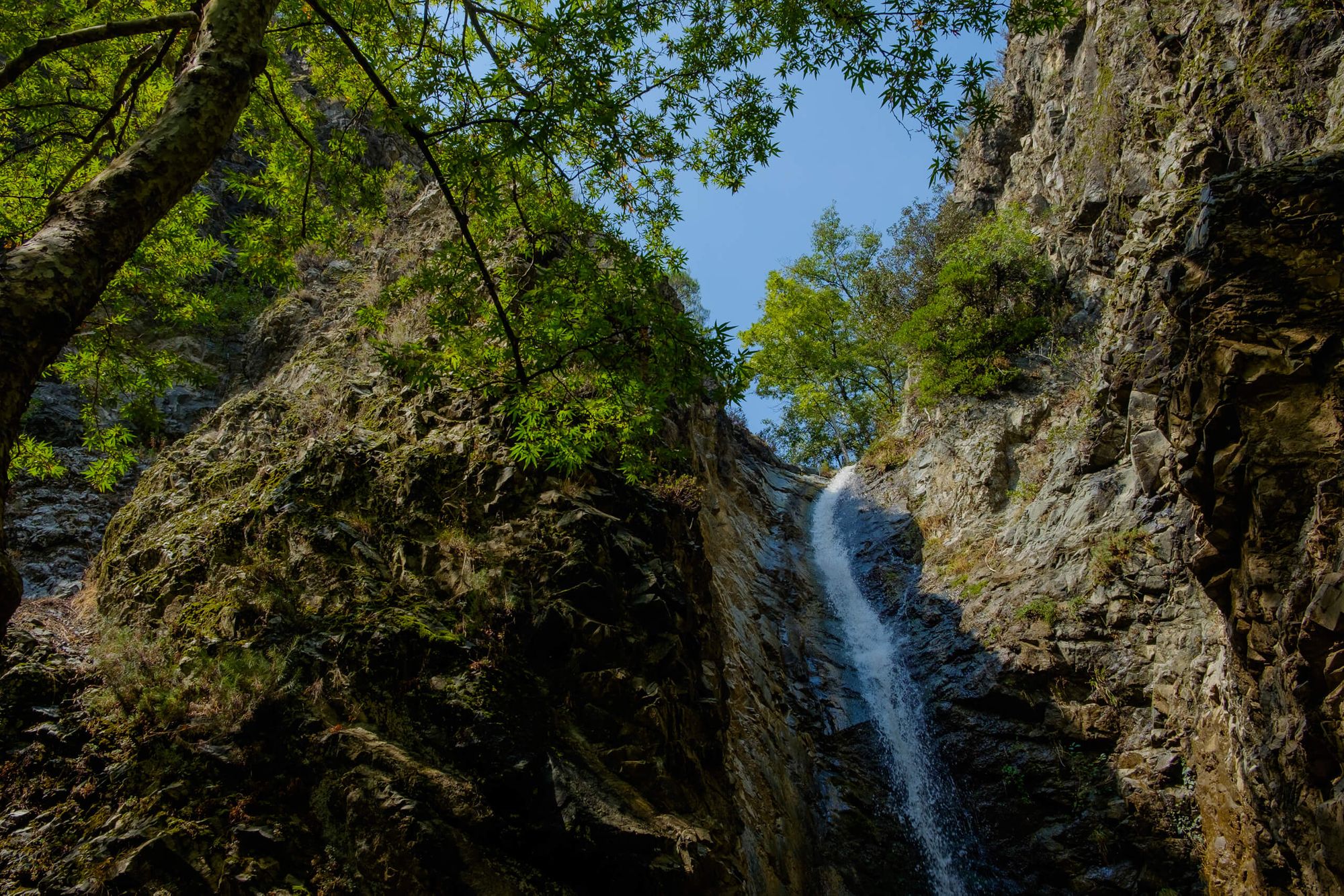
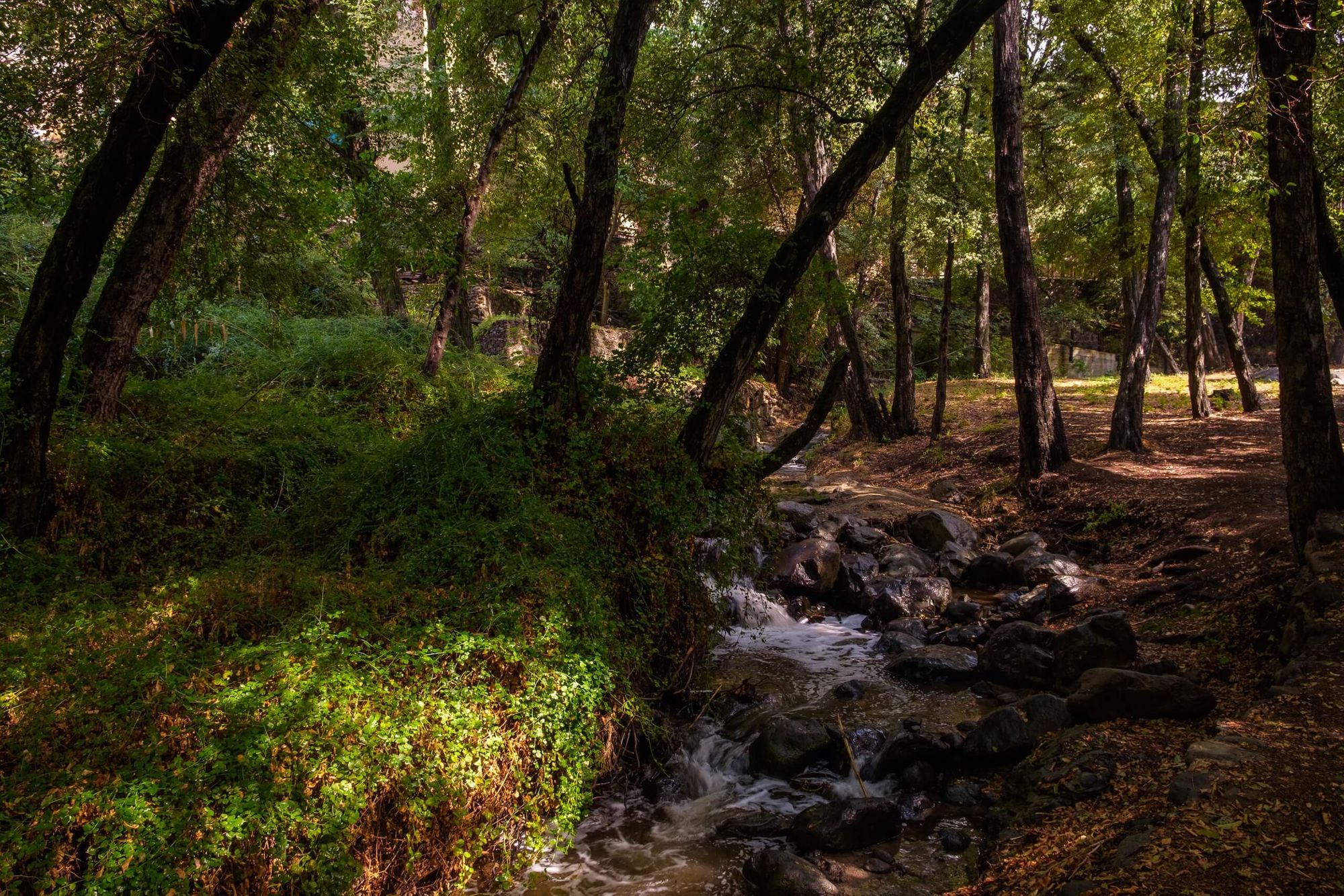
Another spot on the UNESCO list is the mountain village of Kakopetria. It’s split into two parts: the new and the old. As you might guess, the new part has new houses, and the old part — old ones. Naturally, the charm lies in the old Kakopetria, nestled on a hillside and made up of just one street.
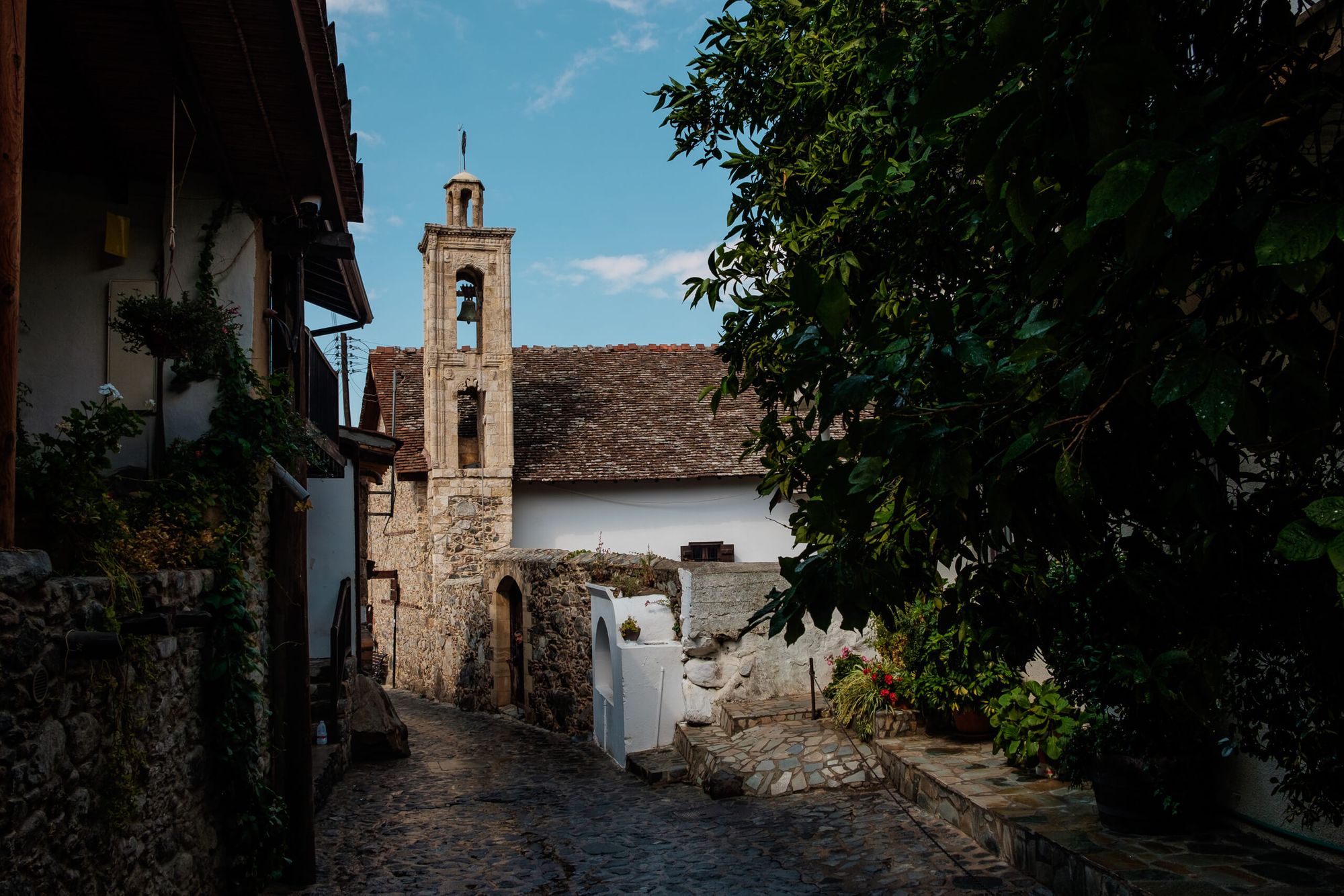
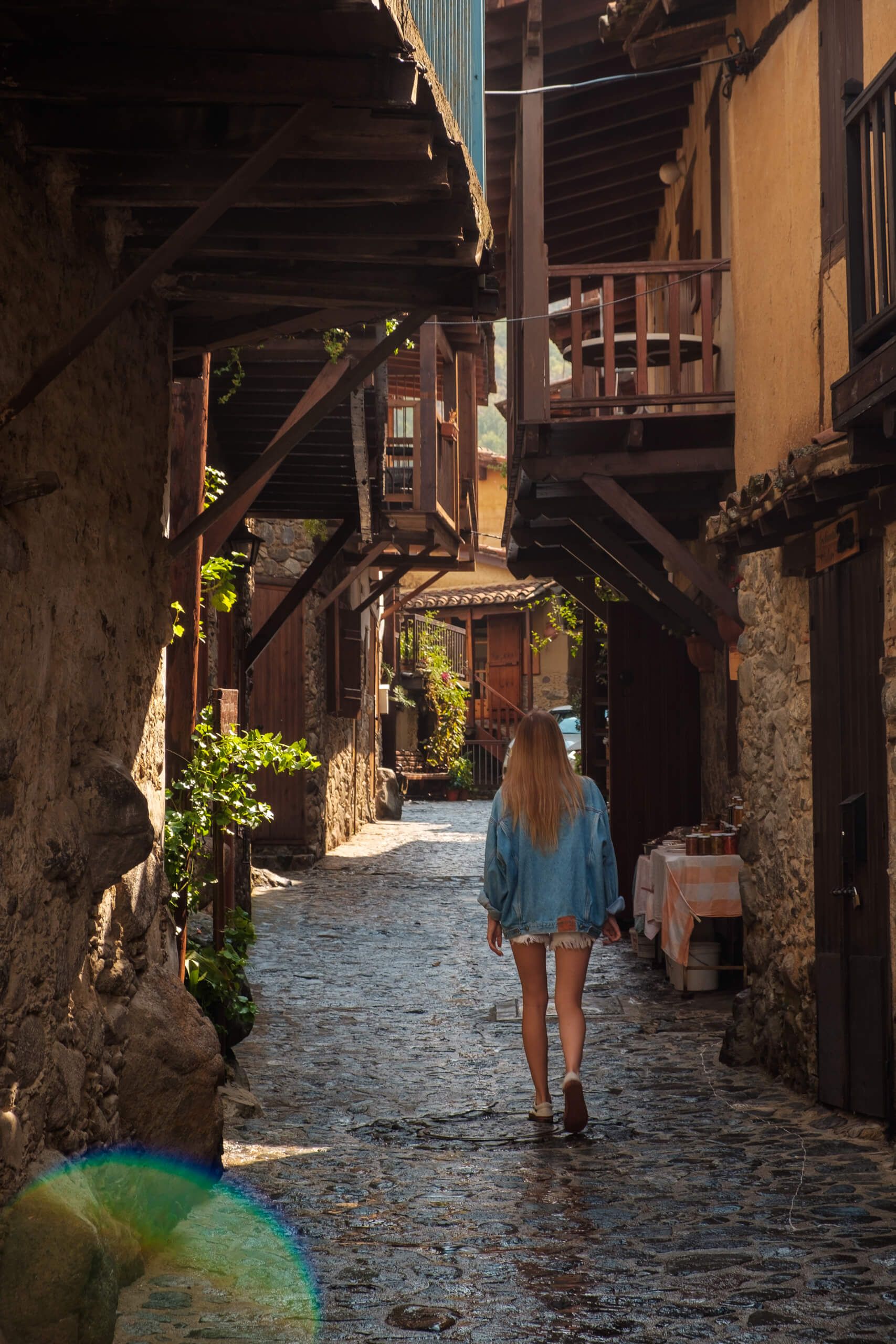
Then there’s Lefkara — a mecca for fans of lace and silver trinkets. Personally, I’ve never met anyone that into it, so I wouldn’t exactly recommend it. But if it’s on your way, it’s worth a quick stop for the nice views, charming architecture, and cozy cafés.
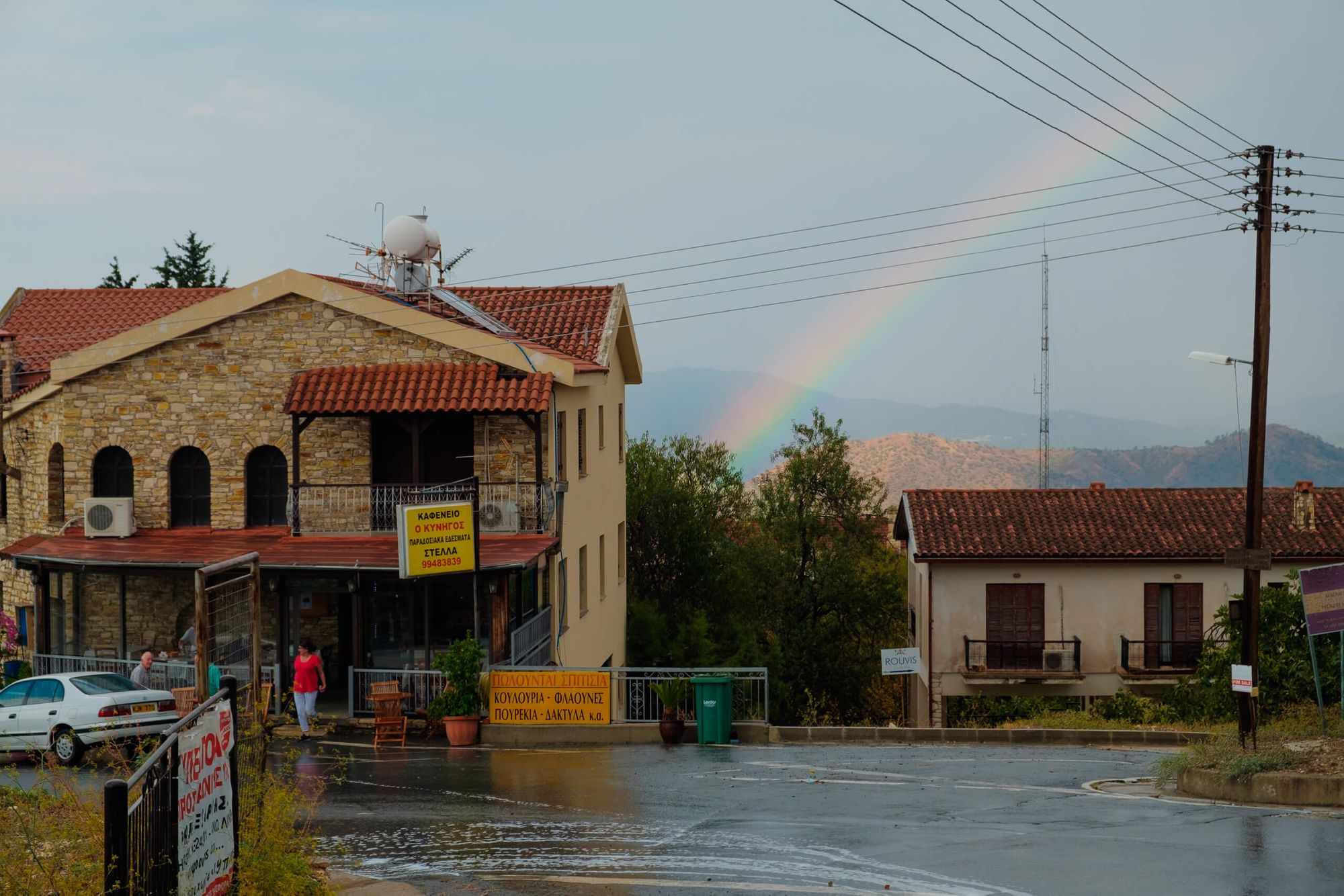
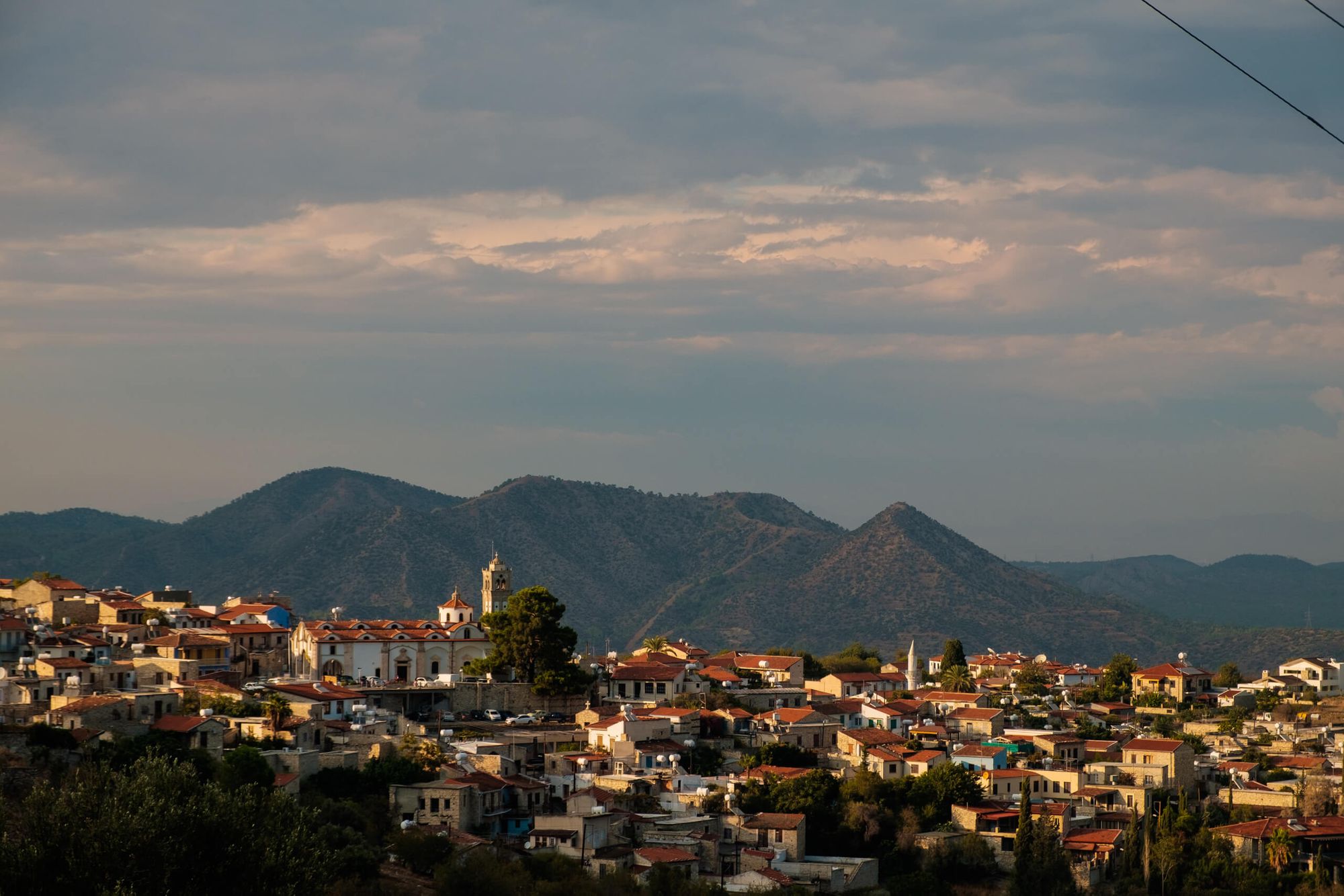
The entire mountain road is 99% made up of epic views and tight hairpin turns. So it’s best to return to the coast before dark and continue the journey the next day.
Avakas Gorge
This stunning nature reserve sits on the western side of the island. Walking through the gorge takes a couple of hours at most, but the journey there across rugged terrain can stretch into a full-day trip. Pair it with a visit to Paphos and Aphrodite’s Bay if you haven’t been yet.
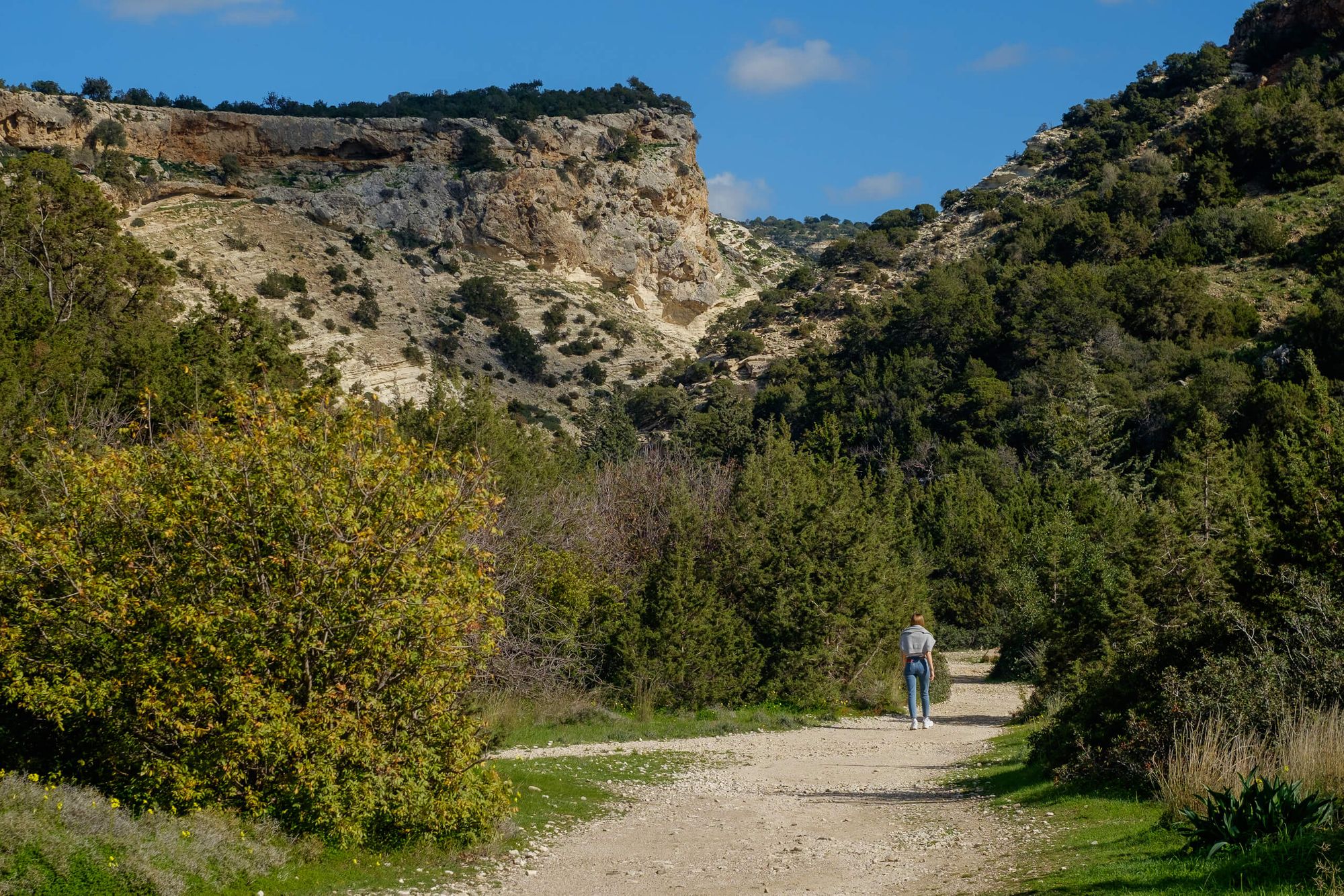
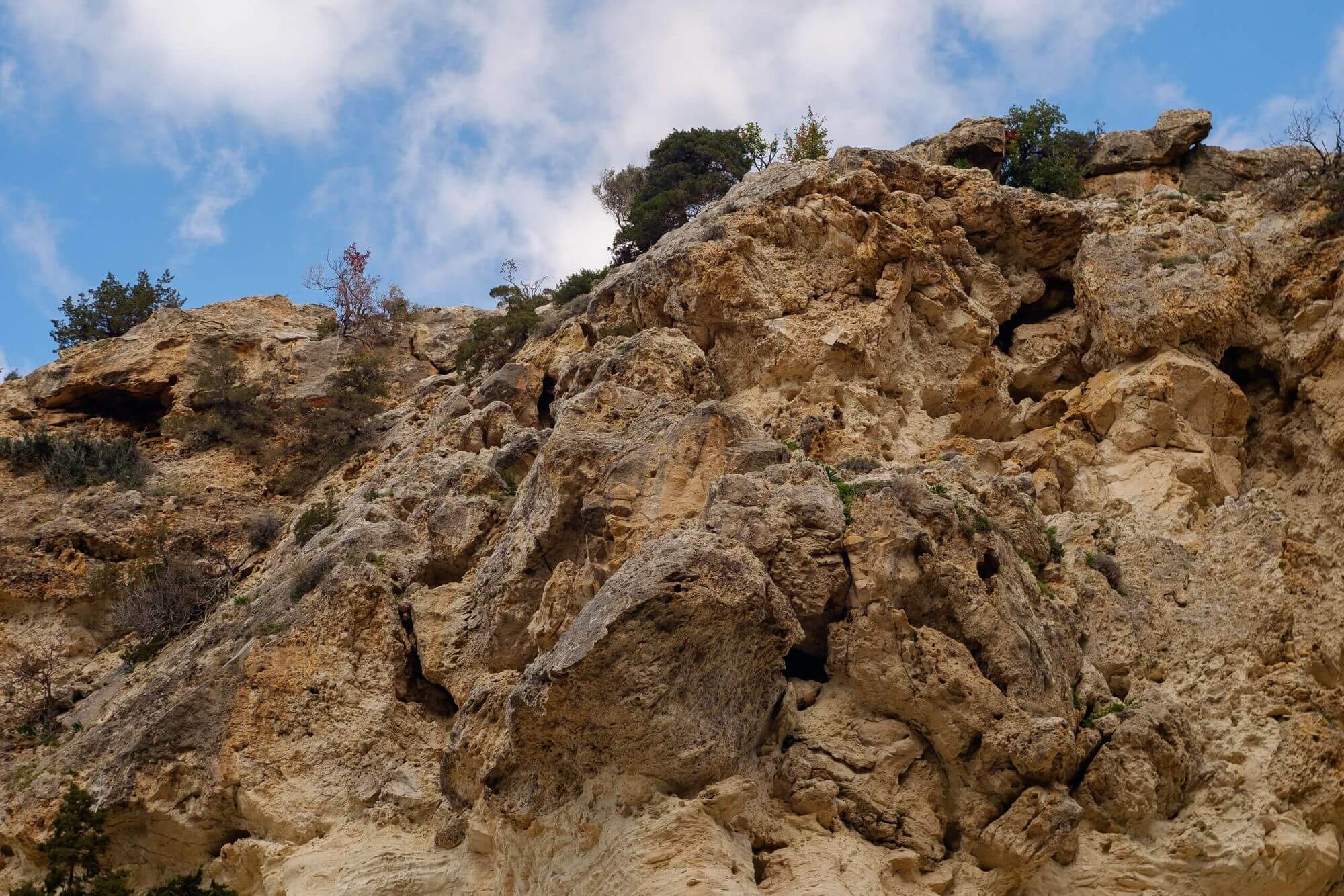
A mountain stream has carved through the limestone here, creating natural walls up to 30 meters tall. The walls are covered with beautiful textures and gradients. Underfoot — the very stream that keeps the gorge nice and cool even on hot days.
In summer, the place is packed with tourists, which kind of ruins the vibe. In winter, the entrance is blocked off with yellow police tape because of flood risks — but if you’re into a bit of adventure, it’s easy to cross that “barrier.” We made it all the way to the most scenic spot with barely wet feet.
Northern Cyprus — the Turkish part of the island
Cyprus has had a rough past — it’s been taken over by just about everyone: Assyrians, Egyptians, Templars, Venetians. In the 16th century, the Turks showed up and stayed for 300 years until the British claimed it. When the empire fell apart, Cyprus regained independence.
Greek Cypriots wanted to unify with Greece, but Turkish Cypriots weren’t thrilled about that. A Greek-backed coup followed, prompting Turkey to send in troops, bomb the island’s most popular resorts, and occupy over 30% of the territory.
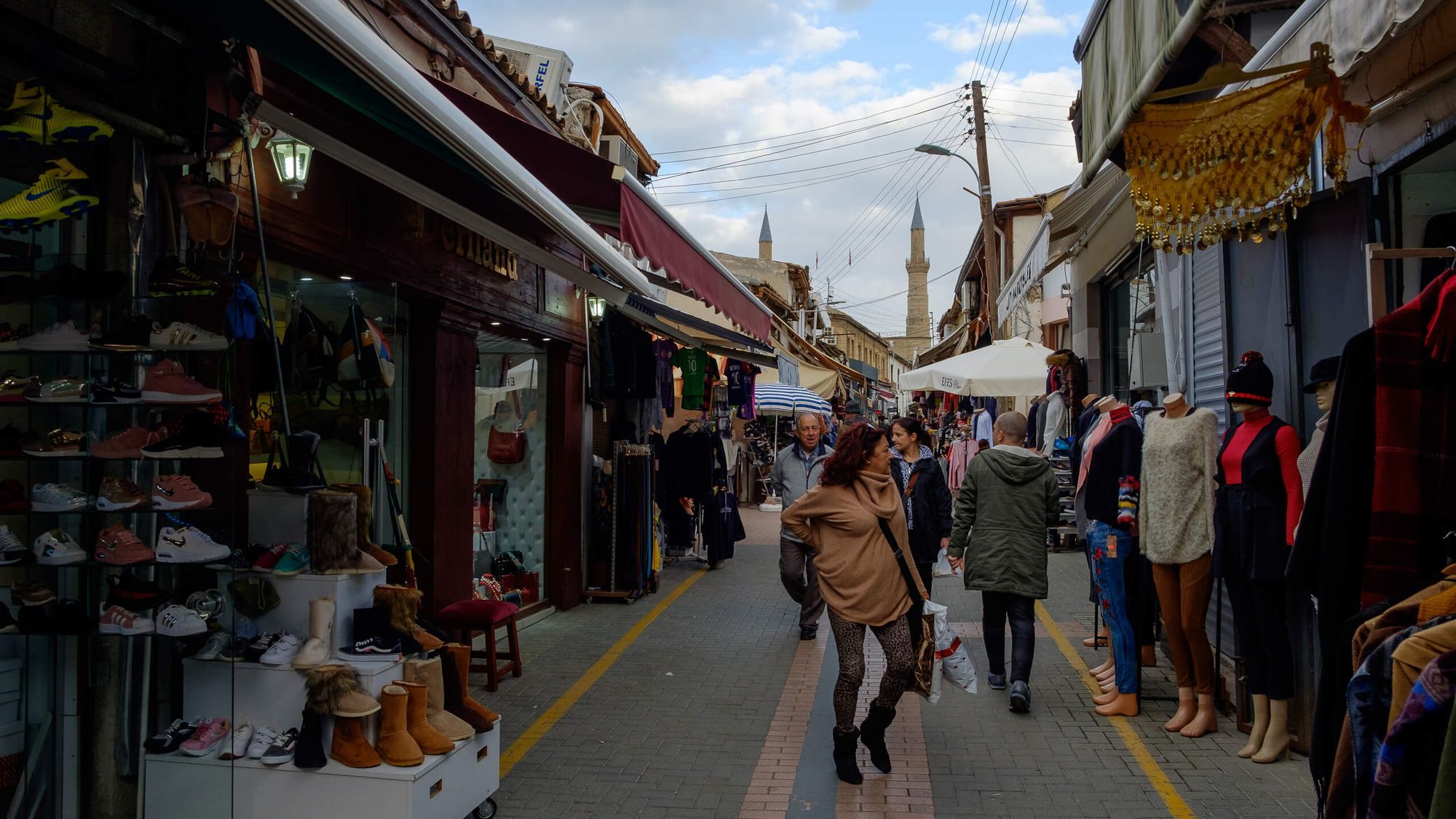
Since 1974, the island has been split in two. Between them — stark contrast, tense relations, and a UN buffer zone.
How to Enter the Turkish Republic of Northern Cyprus
The easiest way is to cross on foot at a checkpoint in Nicosia — I wrote about that last time. You can also find a guide to drive you over and show you around. Best option: just drive through a checkpoint in your own rustbucket.
Despite the political tension, the border between north and south is open — but it’s best not to push your luck. Southern Cypriot authorities advise against staying in TRNC for more than a day. Entering Cyprus with the intention to spend a long time in the north? Bad idea — you could get deported.
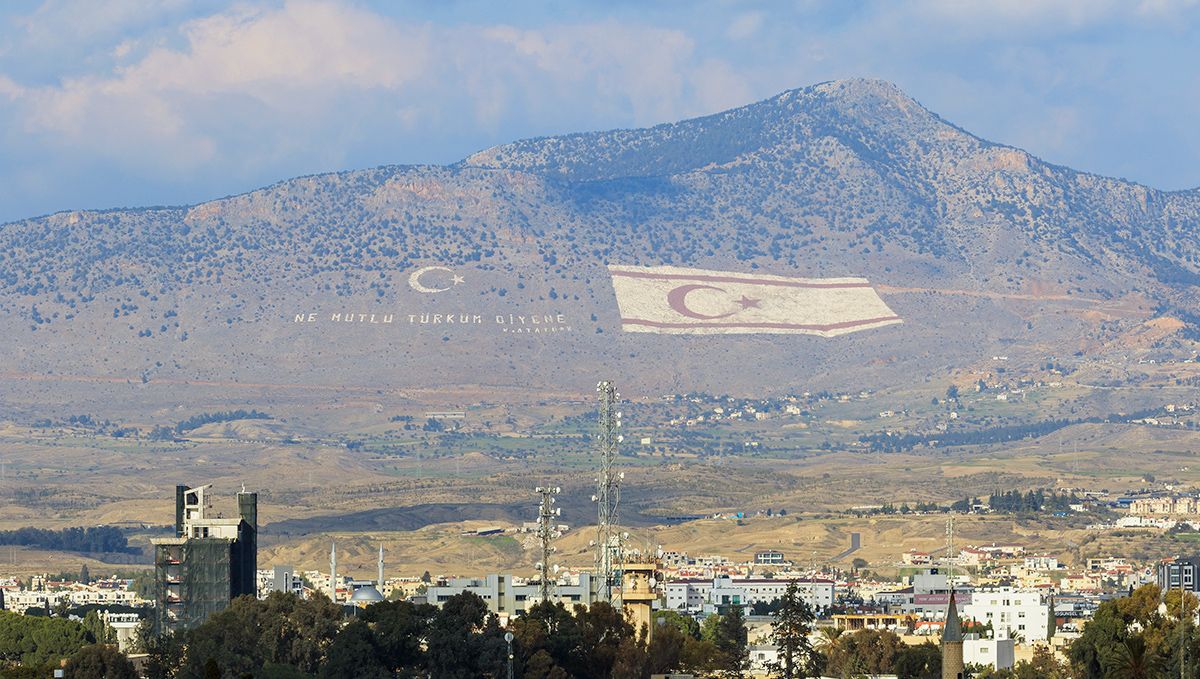
If you’re going for a day trip, there shouldn’t be any issues. Just show your visa, passport, and grab car insurance for around €30, sold right at the border.
Northern Cyprus has different speed limits, more aggressive drivers, and a different currency — though euros are widely accepted in touristy spots.
Famagusta — the preserved city
This city is in the east, straddling the island’s division. It used to house the most popular resort area, Varosha, with top beaches and luxury hotels. But something about it must’ve rubbed the Turks the wrong way — it was one of the first places they bombed and sealed off.
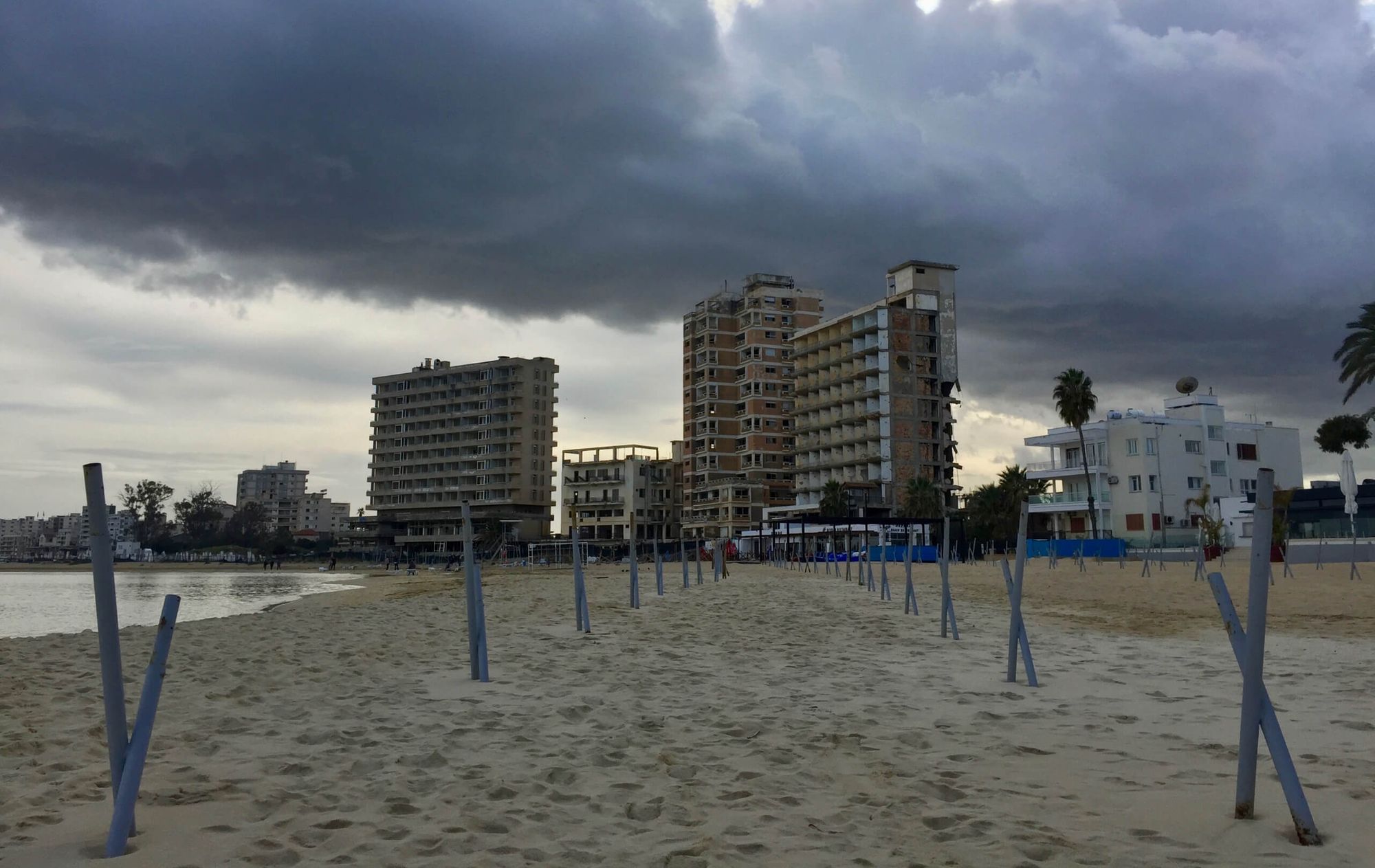
Varosha is now surrounded by a tall fence with warning signs and huge fines for trespassing. But from a nearby public beach, you can see the decaying skeletons of hotels ravaged by war and time.
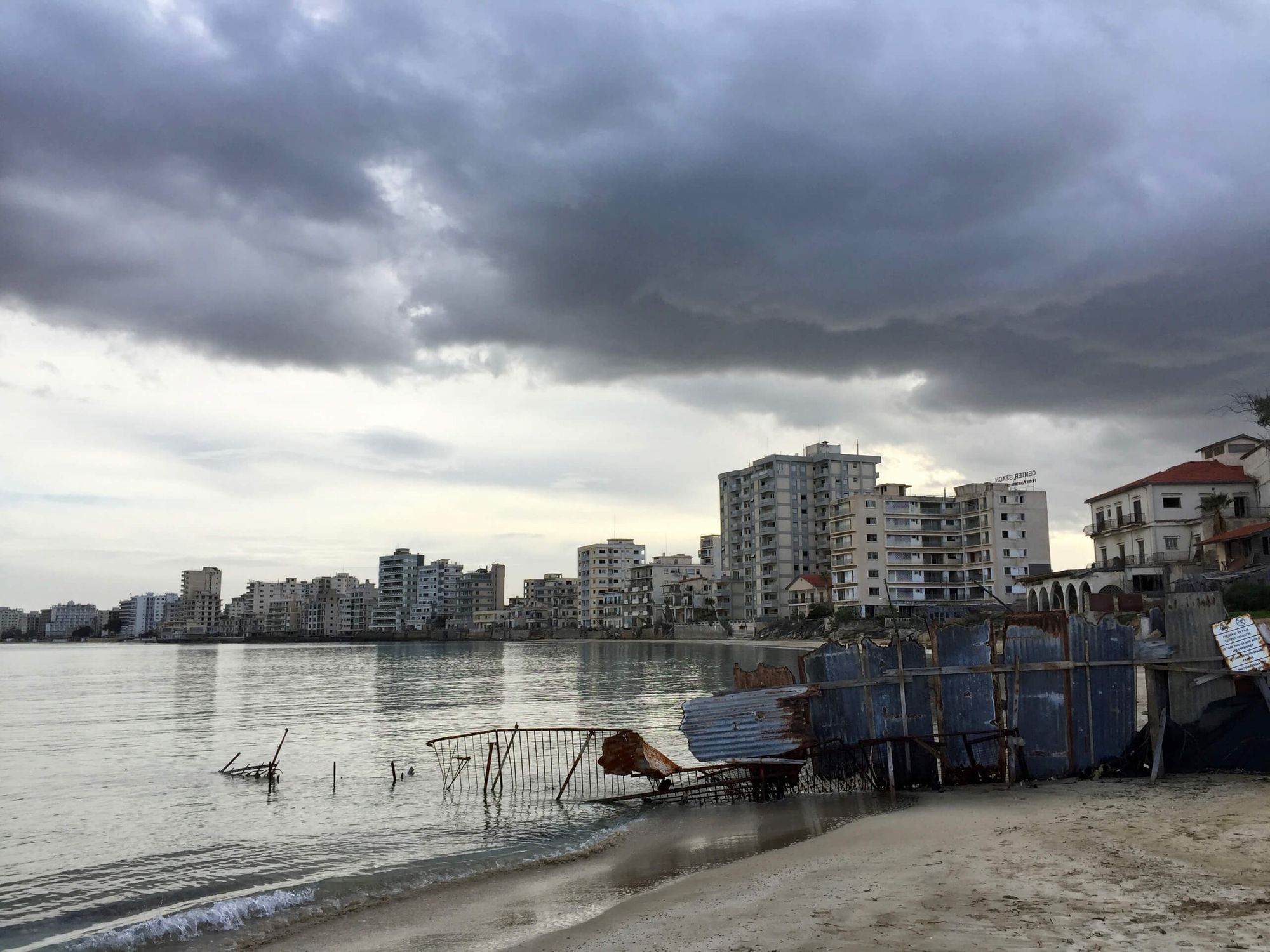
It’s probably the most jaw-dropping sight on the whole island — though, beyond that, there’s not much else to see in Famagusta.
St. Hilarion Castle
Not far from the port town of Kyrenia lies one of the coolest places in Cyprus — and an ideal sunset lookout: St. Hilarion Castle, built a thousand years ago right on top of a mountain.
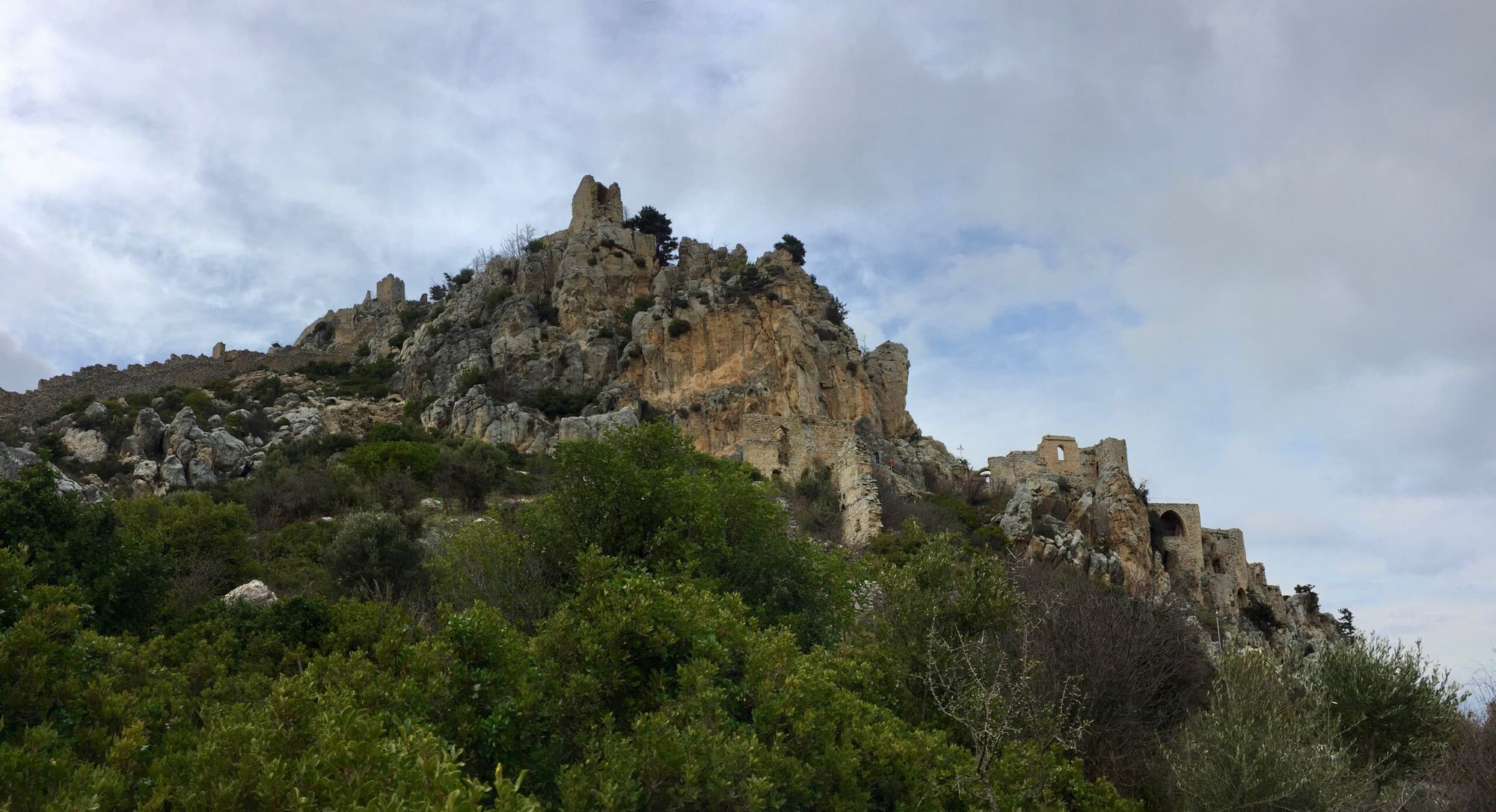
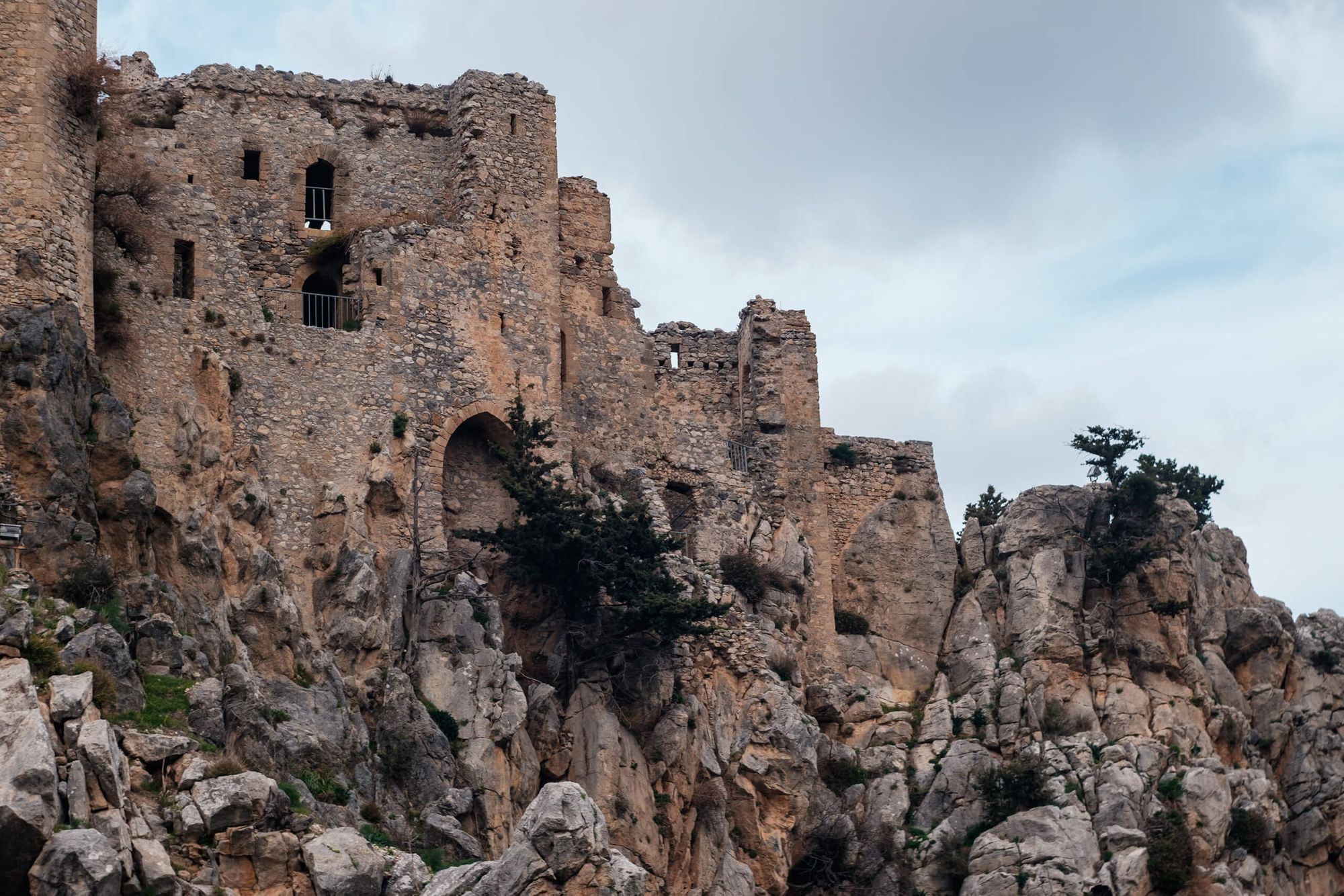

The castle has seen its share of battles, but the Turks really finished it off. To reach the top, you’ll need patience and water — no one’s bothered with paths or railings, so you’ll be scrambling up uneven stone steps, dodging panting British pensioners on the way.
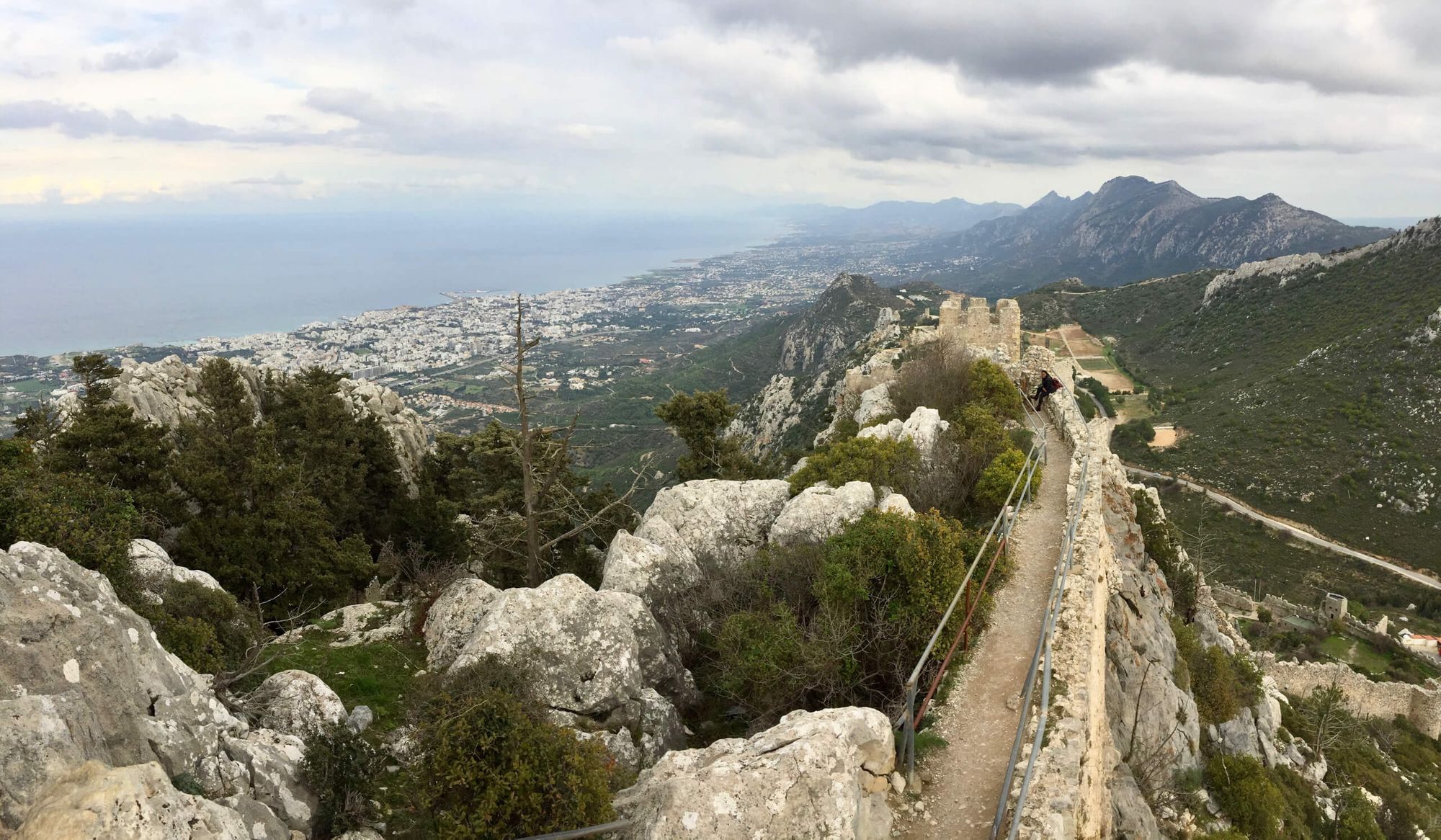
To rest and refuel, head back down to Kyrenia. The harbor is packed with restaurants, and prices are much lower than on the Greek side.
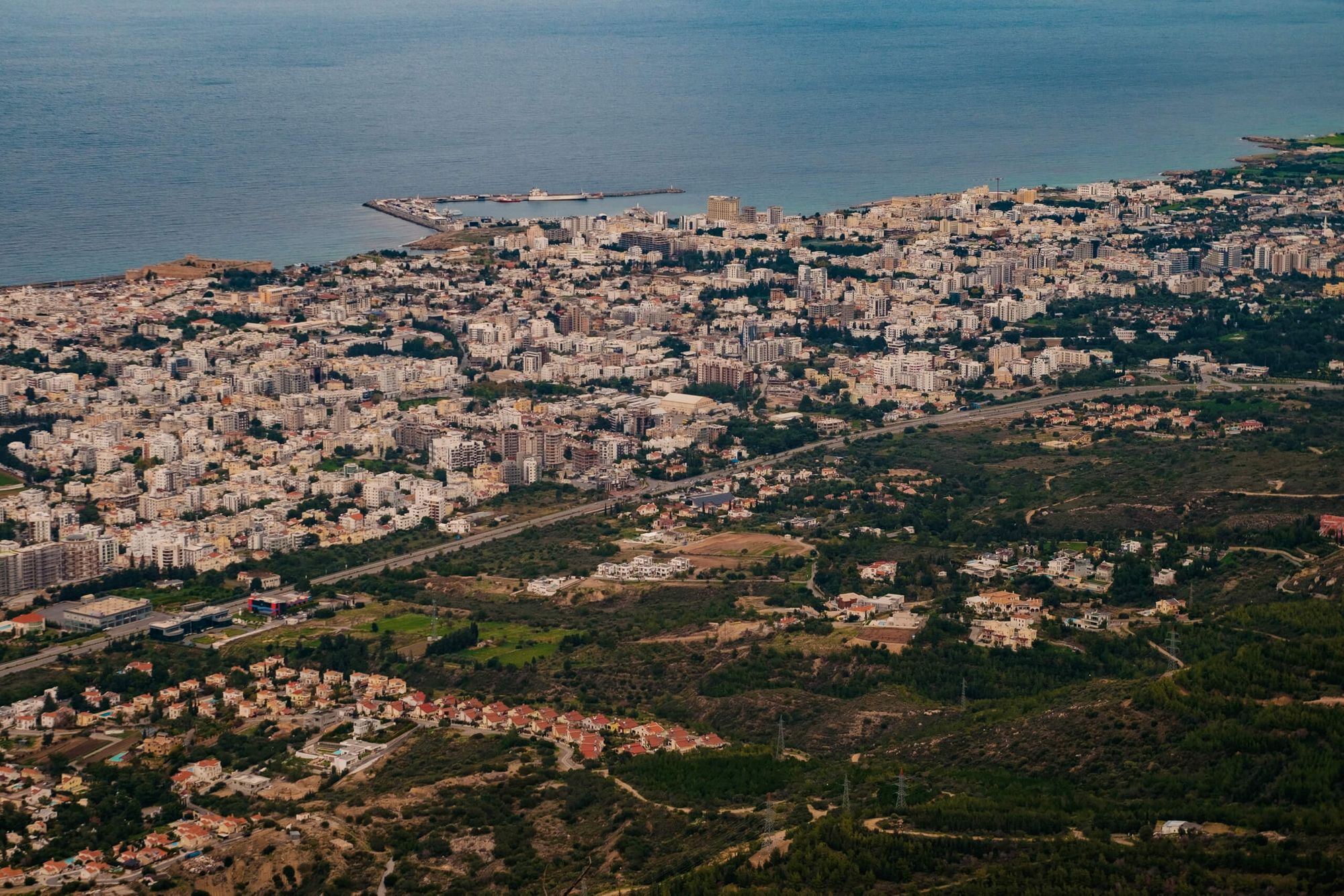
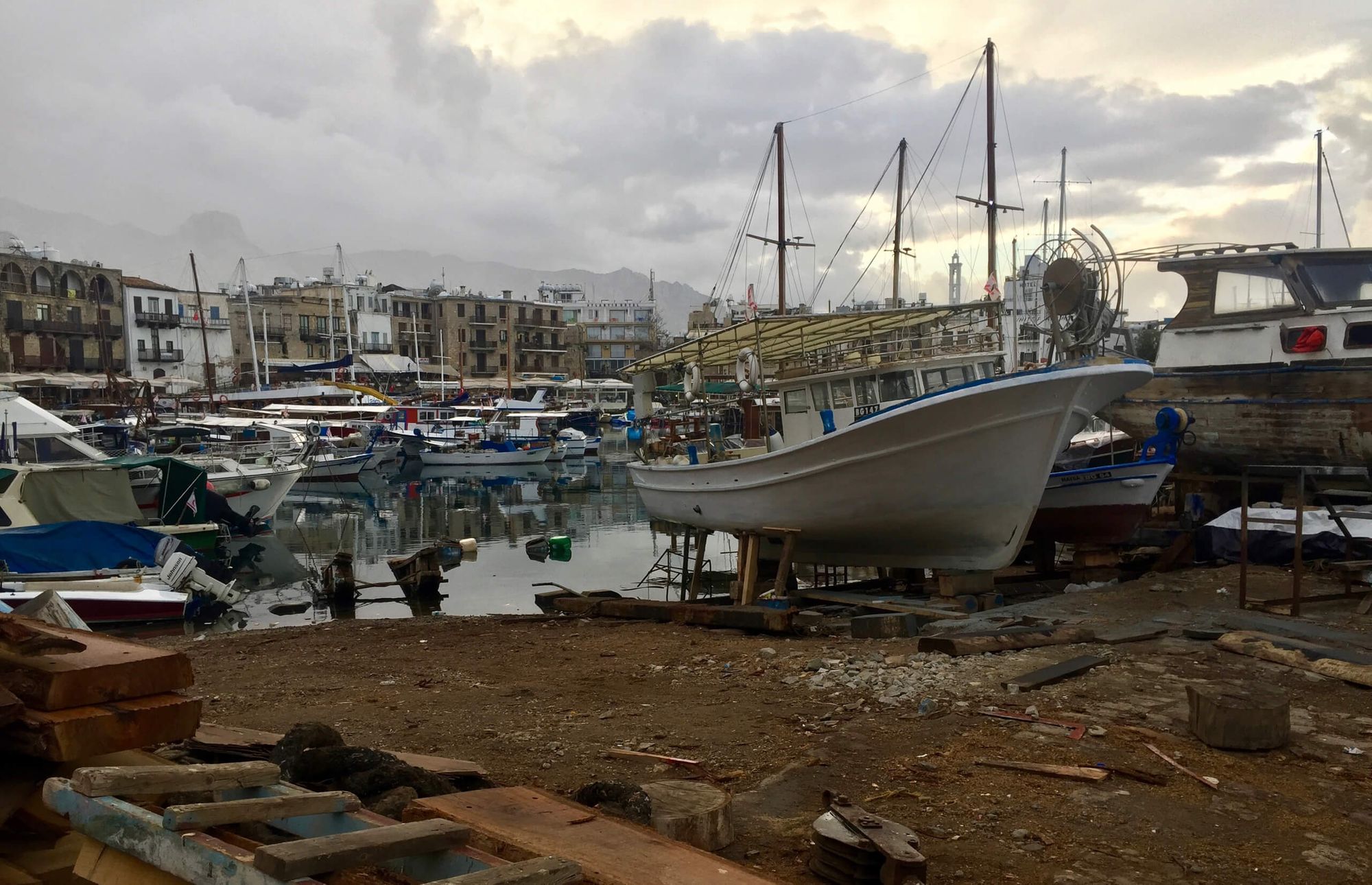
And with that, I think we’ve wrapped up the Cyprus chapter. Don’t forget to read Part One. More notes from past journeys coming soon.
